Over 2,500 members of ITServe Alliance, who are heads of small and medium-sized companies of Information Technology attended the historic and brilliantly effective Synergy 2024 at the most popular Ceasar’s Palace in the magical city of Las Vegas organized by the ITServe Alliance from October 29-30, 2024.
Networking, learning, and sharing of knowledge, highly acclaimed speakers, insightful workshops, collaborating, strengthening bonds, celebrating everyone’s achievements and accomplishments, cultural and fun events, awards ceremony, showcasing of business booths and products, and delicious and multi-ethnic cuisine, and building meaningful relationships were some of the highlights of Synergy 2024 that bore witness to the remarkable growth of ITServe Alliance that has truly become the voice of the small and medium-sized Information Technology businesses in the United States.
In his presidential address, Jagadessh Mosali, national President of ITServe Alliance, welcomed the members, leaders, chapter presidents, sponsors, and volunteers to Synergy 2024 and expressed his “sincere gratitude for your unwavering commitment, and dedication, and for investing your time and energy and resources for putting together this great event, our flagship Synergy 2024. You are the backbone of our organization, and your unwavering commitment is what propels us forward.”
Mosali highlighted some of the many accomplishments of ITServe in the short history of this fast-growing organization that was founded only 14 years ago. “Since its inception in 2010, our organization has grown from a small network in Dallas to a nationally recognized association of IT services companies. We have added two new Chapters with the launch of Tennessee Chapter that became the 22nd Chapter and the New York Chapter inaugurated this month which has now become the 23rd Chapter of ITServe, showcasing our growth and expansion across the nation.”
 Summarizing Synergy, Mosali said, “On the whole, Synergy has been a unique event to celebrate our accomplishments. The conference also brings all of us together to share ideas, learn from one another, network, and find new business opportunities, enriching ourselves with knowledge and wisdom derived from the various topics relevant to every one of us in the IT industry.”
Summarizing Synergy, Mosali said, “On the whole, Synergy has been a unique event to celebrate our accomplishments. The conference also brings all of us together to share ideas, learn from one another, network, and find new business opportunities, enriching ourselves with knowledge and wisdom derived from the various topics relevant to every one of us in the IT industry.”
Amara Varda, ITServe Governing Board Chair said, “Synergy 2024 is the only one-of-a-kind conference delivering innovative strategies, unique insights, and proven tactics for success, exclusively for IT service companies and individuals. The focus of Synergy 2024 has been on developing strategic relationships with our partner organizations, sponsors, and supporters to work for a better technology environment by building greater understanding.”
“A very hearty and warm welcome to every one of you, especially the ITServe family, who have come from across the United States, our honored guests from India, our sponsors, well-wishers, and supporters to ITServe Alliance’s flagship Synergy Conference 2024, in none other than the electric city of Las Vegas,” said Suresh Potluri, Director of Synergy 2024. “It’s been nearly a year, under my leadership, a strong, talented, and dedicated team of ITServe members was entrusted with the task of organizing this mega annual event, offering to its 2000+ CEOs, investors, CTOs, and CxOs a powerful platform for Networking, Knowledge, Innovation, Growth.”
Potluri, while expressing gratitude and appreciation for the hard work and dedication of Synergy Team 2024 said, “At Synergy, you’ve got to network with peers, learn from experts, and discover new and exciting developments in the IT Industry. In addition, you have an opportunity to hear success stories from industry leaders, who have been through the process and have now become role models for all of us. Representing a diverse range of fields, these leaders bring fresh perspectives and groundbreaking ideas that are driving the next wave of innovation. Because in all of you here today, there is both gratitude and a deep sense of accomplishment, knowing our collective vision is alive and thriving.”
 Participants at Synergy 2024 were offered a platform for IT company heads to come together to hear industry leaders speak, engage in discussions with lawmakers, participate in interactive breakout sessions, and deliberate on the latest trends, challenges, and opportunities in the world of IT Staffing and Technology.
Participants at Synergy 2024 were offered a platform for IT company heads to come together to hear industry leaders speak, engage in discussions with lawmakers, participate in interactive breakout sessions, and deliberate on the latest trends, challenges, and opportunities in the world of IT Staffing and Technology.
During her keynote address, Indra Nooyi, former CEO of PepsiCo, renowned for her strategic vision and transformative leadership shared with the ITServe leaders her own life experiences from her childhood days to the present. She shared with the participants her own life story as she has inspired the world with her visionary leadership skills. Nooyi, who had revolutionized PepsiCo’s sustainability efforts and significantly boosted revenue, earning numerous accolades along the way, told the audience that in order to be successful, they must look ahead and see the relevance of their services in the future.
Shri Nara Lokesh, the visionary Honorable Minister for Information and Technology, Electronics, and Communications, Government of Andhra Pradesh, was a Special Guest Speaker at Synergy 2024. He praised the contributions and accomplishments of the fast-growing and influential ITServe Alliance members.
In his address, Shri Nara Lokesh elaborated on his bold vision to catapult Andhra Pradesh to the forefront of global technology, creating a cutting-edge ecosystem of innovation and limitless opportunities for tech entrepreneurs. Shri Lokesh, one of the most influential voices shaping tomorrow’s digital world, shared with ITServe members the unprecedented opportunities for growth and success the state of Andhra Pradesh offers to IT companies. He invited them to come to his state and take advantage of the many opportunities being offered to IT companies.
Joshua Brown, CEO of Ritholtz Wealth Management, shared with the audience the skills needed for financial/wealth management, which are much needed for every business. During an insightful interview on stage with Abhishek Boyanapally, ITServe’s Executive Director for PR & Media, Brown, a dynamic financial advisor, author, and TV personality, acclaimed for his insightful analysis and no-nonsense approach to investing, whose expertise has shaped the financial industry and inspired millions of investors, provided a broader and historical overview of how the economy and money market have responded to elections over the past 100 years and how the money market is expected to the current elections and in the future.
 Clara Shih, CEO of Salesforce AI was another featured speaker, who shared with the delegates her insights into the fast-growing AI technology and how it’s going to impact individuals, businesses, and the world. Celebrated for her groundbreaking work in artificial intelligence and her transformative leadership, Shih, who has driven innovation in AI products and research at Salesforce, and her visionary approach has earned her recognition as one of the most influential tech leaders of our time, Shih provided and insightful.
Clara Shih, CEO of Salesforce AI was another featured speaker, who shared with the delegates her insights into the fast-growing AI technology and how it’s going to impact individuals, businesses, and the world. Celebrated for her groundbreaking work in artificial intelligence and her transformative leadership, Shih, who has driven innovation in AI products and research at Salesforce, and her visionary approach has earned her recognition as one of the most influential tech leaders of our time, Shih provided and insightful.
Rachel Skaff, Managing Director/General Manager – Americas Channel and Partner Sales at Amazon Web Services, was yet another innovation leader, who delivered an inspiring address at Synergy 2024.
Summarizing the mission of ITServe Alliance and Synergy 2024, Anju Vallbhaneni, President-Elect of ITServe said, “We believe in developing strategic relationships with our partner organizations to work for a better technology environment by building greater understanding. Come and join us on our journey. Let us be your voice when it comes to Information Technology.” Vallbhaneni, who will assume charge as the President of ITServe on January 1, 2025, invited all to join him and the new leadership in taking this noble organization to newer heights.
Describing the background to the launching of the first-ever Synergy Conference in 2015, Murali Bandlapalli, Secretary of ITServe said, “Synergy is ITServe Alliance’s flagship Annual Conference, which began in 2015 with the objective of providing business owners, entrepreneurs, and executives with strategies and solutions that address the unique needs of the IT Solution & Services Industry.”
 Sateesh Nagilla, Treasurer of ITServe Alliance said, “ITServe Alliance’s Synergy is the only one-of-a-kind conference delivering innovative strategies, unique insights, and proven tactics for success, exclusively for IT service companies and individuals. Synergy 2024 will focus on developing strategic relationships with our partner organizations, sponsors, and supporters to work for a better technology environment by building greater understanding.”
Sateesh Nagilla, Treasurer of ITServe Alliance said, “ITServe Alliance’s Synergy is the only one-of-a-kind conference delivering innovative strategies, unique insights, and proven tactics for success, exclusively for IT service companies and individuals. Synergy 2024 will focus on developing strategic relationships with our partner organizations, sponsors, and supporters to work for a better technology environment by building greater understanding.”
Under the banner “Join – Collaborate – Accelerate,” a dedicated team spearheaded by Suresh Potluri has been fervently working to elevate Synergy 2024’s brand and position it as the leading IT Staffing Conference in America. Beyond being an arena for networking and knowledge sharing, Synergy 2024 offered a veritable marketplace for ideas and innovations. The event was curated to provide actionable insights and strategies that companies can directly implement, serving as a catalyst for taking one’s business to the next level.
Anil Atyam, Associate Director for Synergy 2024, “Designed to cater to the specific needs of ITServe members, primarily tech entrepreneurs, Synergy 2024 hosted a plethora of crucial panel discussions. Topics will span from Immigration to CIO/CTO issues, Mergers and Acquisitions, Financial Planning, Political Action Committees, an educational session on Mastering Effective Recruiting in Staffing, and other sessions with a focus on Contracts, Legal Compliance, and Federal Contracting.”
Raghu Chittimalla, Synergy Chair said, “We have been working hard to streamline the Synergy conference process, increase the brand value of our Synergy, and promote diversity to establish it as a recognized America’s biggest IT Staffing conference by mainstream media. Come and be part of our journey to be the powerful voice that represents all IT businesses across the United States.”
According to Vijay Kommineni, Associate Director for Synergy 2024, “Synergy offered a unique opportunity for IT companies and individuals in the industry to hear from renowned guest speakers and thought leaders from across the country. Participants had the opportunity to break out into start-up cubes with business leaders and investors to pitch their offerings and ideas for the chance to turn dreams into a reality.”
 Vinay Paruchuri, Associate Director of Synergy 2024 said, “ITServe has built a strong member-focused community within the IT industry, where professionals and experts alike can collaborate, present new business ventures, and work together to find new ways to overcome industry obstacles.”
Vinay Paruchuri, Associate Director of Synergy 2024 said, “ITServe has built a strong member-focused community within the IT industry, where professionals and experts alike can collaborate, present new business ventures, and work together to find new ways to overcome industry obstacles.”
“In just two days, our attendees were able to grow their peer network, partake in important industry discussions, and gain valuable knowledge to take their business to the next level. Thank you for coming and experiencing yourself the impact we are making when we come together and explore more about Synergy. We are grateful to have you with us in Las Vegas,” said Abhishek Boyanapalli, PR & Media Director of ITServe Alliance.
Describing the mission of ITServe Vinay Mahajan, a member of ITServe Governing Board said, “We are the voice representing the interests of small and medium scale enterprises of IT industry, protecting our members’ interests. We give back to the community and invest in startups, which is to help the United States maintain its leadership in innovation and technology. It is about coming together, collaborating, and liberating our collective strength. It is about finding synergy, not only within our own businesses but also across our entire community.”
The Gala Dinner and Entertainment were the added attractions at the end of each packed day with activities and sessions, filling everyone’s heart, body, mind, and soul. The floor at the event was fun and entertainment-packed for the participants.
 Jonita Gandhi, a Canadian playback singer of Indian descent, who has recorded songs predominantly in Hindi and almost all major Indian languages, and has become a Bollywood sensation, was on stage mesmerizing the full house at Synergy 2024. Participants were in for a great entertaining show by none other than the super-talented and multilingual singer Remee Nique, a Thai Indian artist, singer, composer, and performer, who performed at the exclusive Premier Elite Gala Nite.
Jonita Gandhi, a Canadian playback singer of Indian descent, who has recorded songs predominantly in Hindi and almost all major Indian languages, and has become a Bollywood sensation, was on stage mesmerizing the full house at Synergy 2024. Participants were in for a great entertaining show by none other than the super-talented and multilingual singer Remee Nique, a Thai Indian artist, singer, composer, and performer, who performed at the exclusive Premier Elite Gala Nite.
With cultural events, music, dance, and sumptuous food, in addition to all the learning and sharing of knowledge, Synergy 2024 provided actionable insights and strategies that companies can directly implement, serving as a catalyst for taking businesses to the next level. Beyond being an arena for networking and knowledge sharing, Synergy 2023 has proved to be a veritable marketplace for ideas and innovations.
Mosali expressed his gratitude to ITServe’s strong and dedicated Team players, who have been effectively leading ITServe to greater achievements. “Hope everyone at our flagship event has enjoyed Synergy 2024. Some of you know and some might not know the countless amount of time our “Volunteer CEOs” from the Synergy Team as well as the Board have spent to make the event successful as you have seen. Thank you all for your service and commitment to the organization and giving back to the community.”
 Mosali thanked ITServe Governing Board 2024 consisting of Amar Varada, Governing Board Chair – 2024; Gopi K. Kandukuri, National President 2018; Vinod Babu Uppu, National President 2019; Raghu Chittimalla, National President 2021; Devender R. Aerrabolu, National President 2022; Vinay Mahajan, National President 2023; and, Jagadeesh Mosali. National President 2024.
Mosali thanked ITServe Governing Board 2024 consisting of Amar Varada, Governing Board Chair – 2024; Gopi K. Kandukuri, National President 2018; Vinod Babu Uppu, National President 2019; Raghu Chittimalla, National President 2021; Devender R. Aerrabolu, National President 2022; Vinay Mahajan, National President 2023; and, Jagadeesh Mosali. National President 2024.
ITServe Executive Board Office Bearers are: Jagadeesh Mosali, National President; Anju Vallabhaneni, President-Elect; Muralidhar Bandlapalli. Secretary; Manish Mehra, Joint Secretary; Sateesh Nagilla, Treasurer; and, Samba Movva, Joint Treasurer.
ITServe Executive Board – Directors are: Siva Moopanar, Benefits; Vinay Parachuri, Bylaws; Mahesh Sake, Chapter Relations; Shyam Padamati, Contracts/Procurements/Certifications; Lavanya Poosarla, Diversity & Compliance; Kalyan Vijai Lakimsetty, Membership; Nayan Joshi, PAC; Abhishek Boyanapally, PR & Media; Ashok Dandamudi, Sponsorship; Suresh Potluri, Synergy; and, Srikanth Dasugari, Technology.
ITServe Connected PAC is led by the Board of Directors: Jagadeesh Mosali, Gopi Kandukuri, and Kris Gadde, while Hima Kolanagireddy serves as the CPAC – Managing Director. Amil Goel leads its Corporate Social Responsibility (CSR). ITServe Services is led by Manohar Kasagani, ITSS – Managing Director.
 “The essence of synergy lies not only in knowledge exchange but in inspiring one another. Let the success stories of fellow entrepreneurs ignite your ambitions, be it scaling your business to the next level, diversifying investments, or starting new territories. Let’s make the most of Synergy,” said Mosai.
“The essence of synergy lies not only in knowledge exchange but in inspiring one another. Let the success stories of fellow entrepreneurs ignite your ambitions, be it scaling your business to the next level, diversifying investments, or starting new territories. Let’s make the most of Synergy,” said Mosai.
According to Raghu Chittimalla, Synergy Chair for this year, “I am delighted to have been part of a committed Team that worked for months for the success of this conference. We have made this possible through hard work and dedication to streamline the Synergy Conference process, increase the brand value of Synergy, and promote diversity to establish it as a recognized America’s biggest IT Staffing conference by mainstream media similar to SIA, HR World, Inc 5000.”
Founded in 2010, ITServe Alliance is the largest association of Information Technology Services organizations functioning across the United States. Established to be the voice of all prestigious Information Technology companies functioning with similar interests across the United States, ITServe Alliance has evolved as a resourceful and respected platform to collaborate and initiate measures in the direction of protecting common interests and ensuring collective success. ITServe Alliance now has 23 Chapters in several states across the United States, bringing the Synergy Conference to every part of this innovation country. For more information, please visit: www.itserve.org

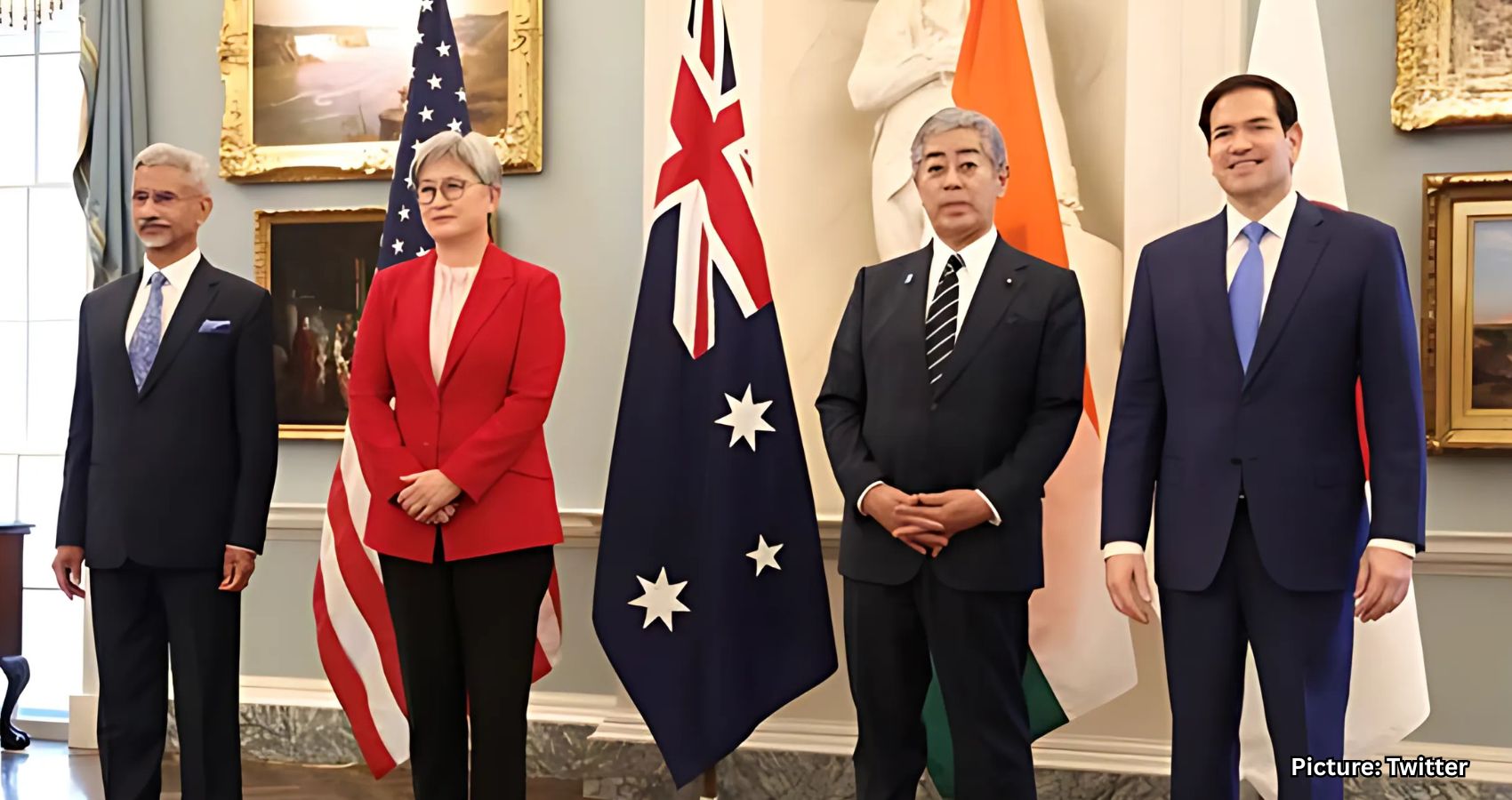

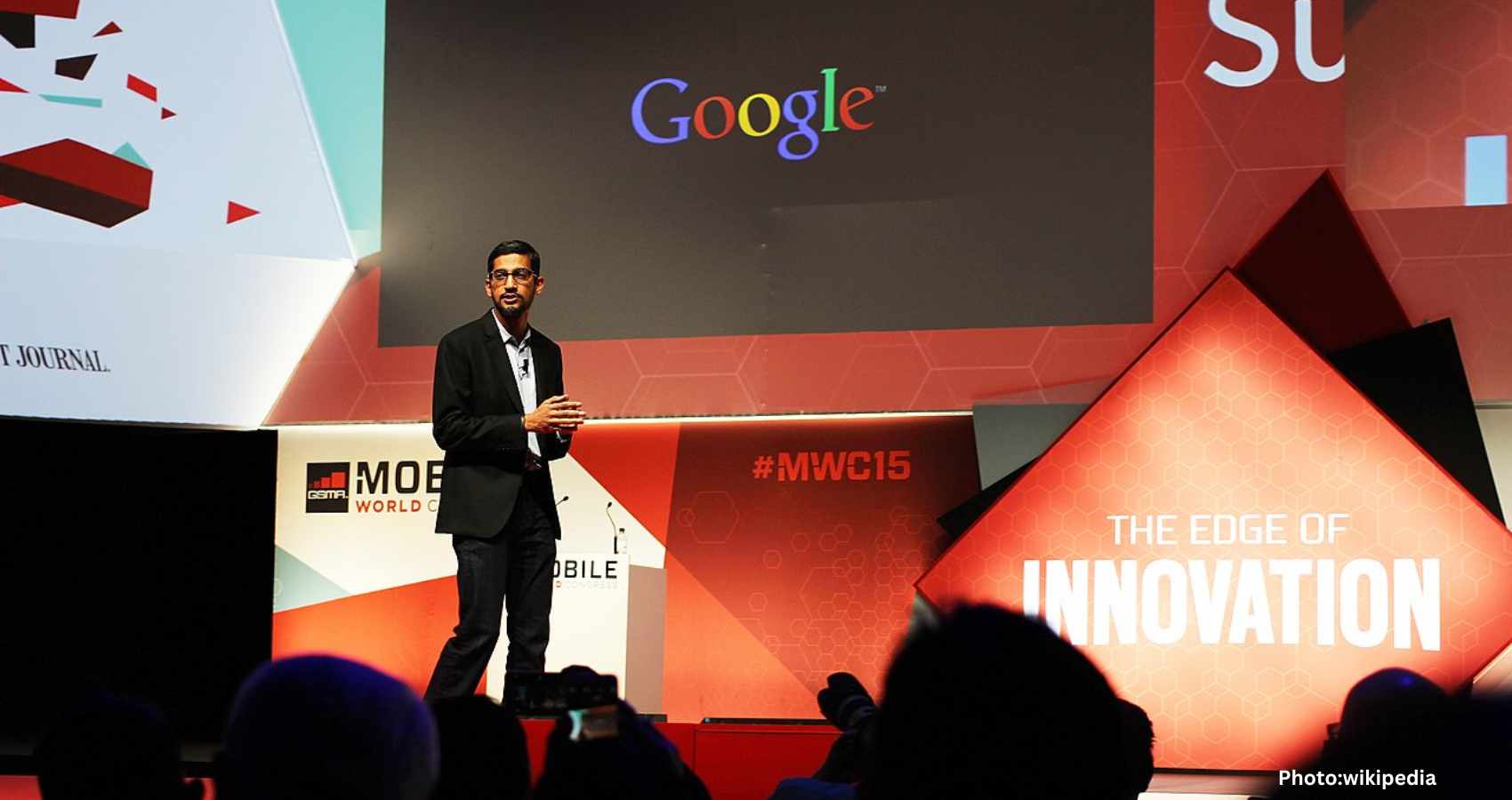



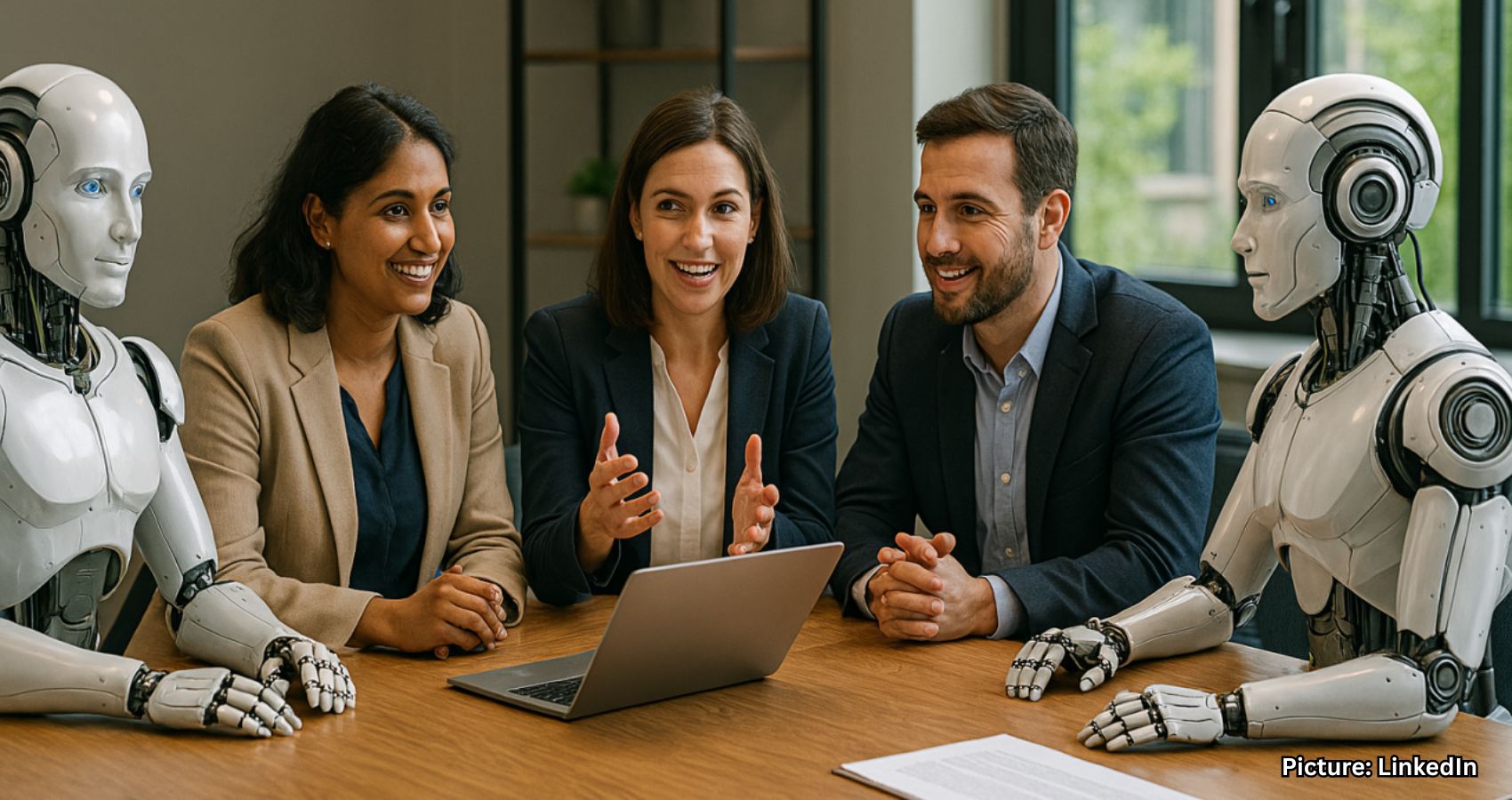
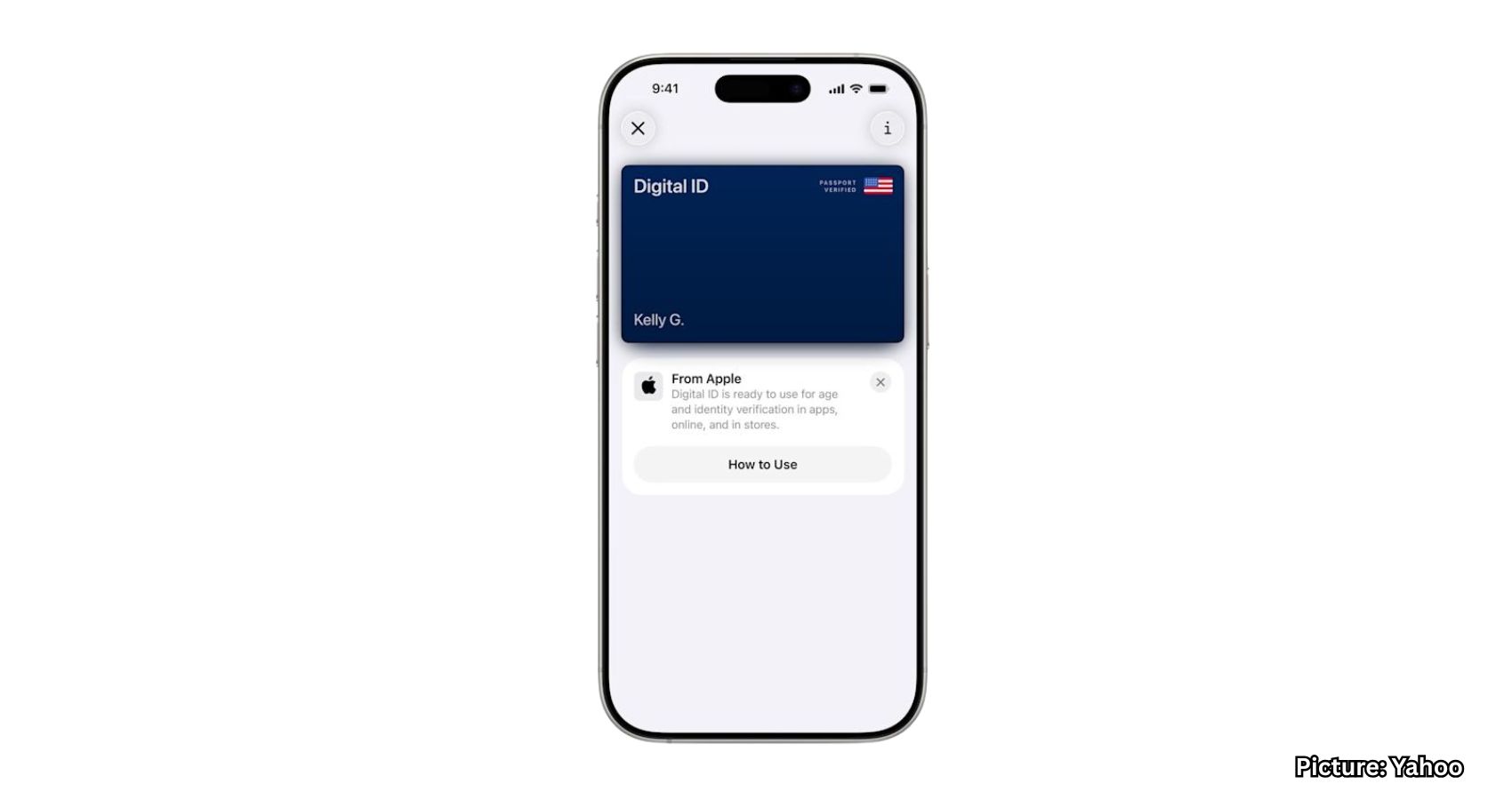


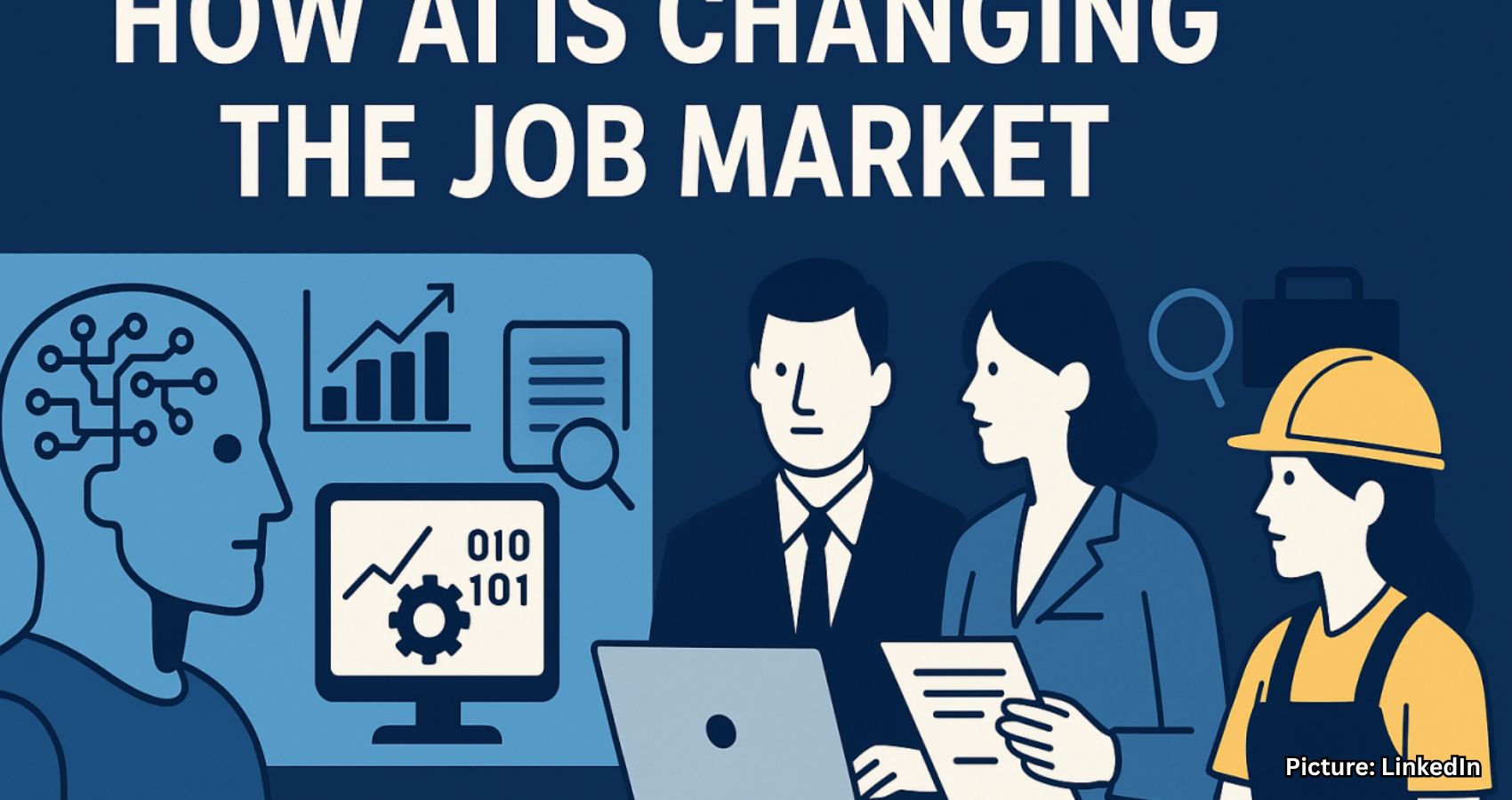

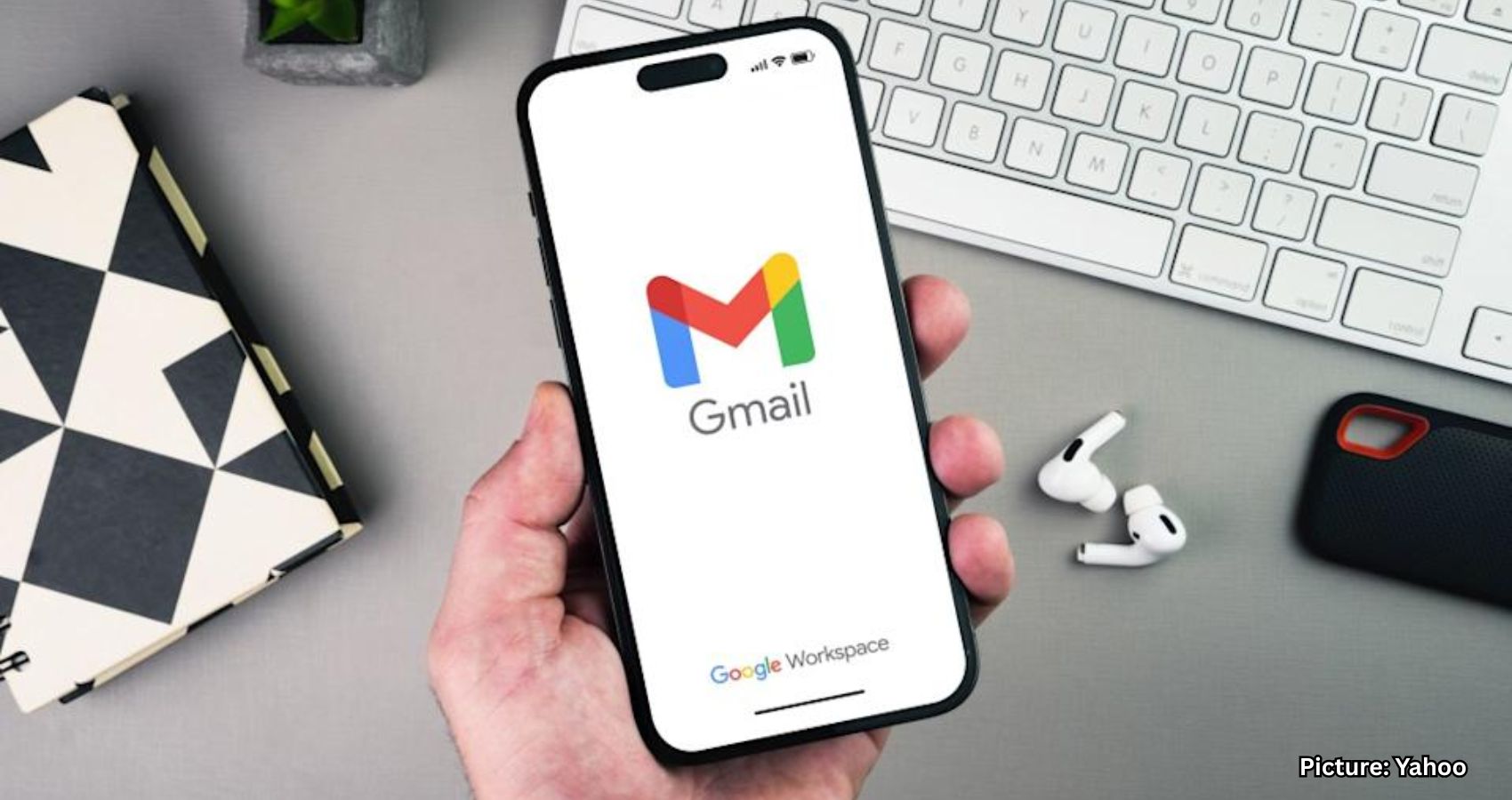
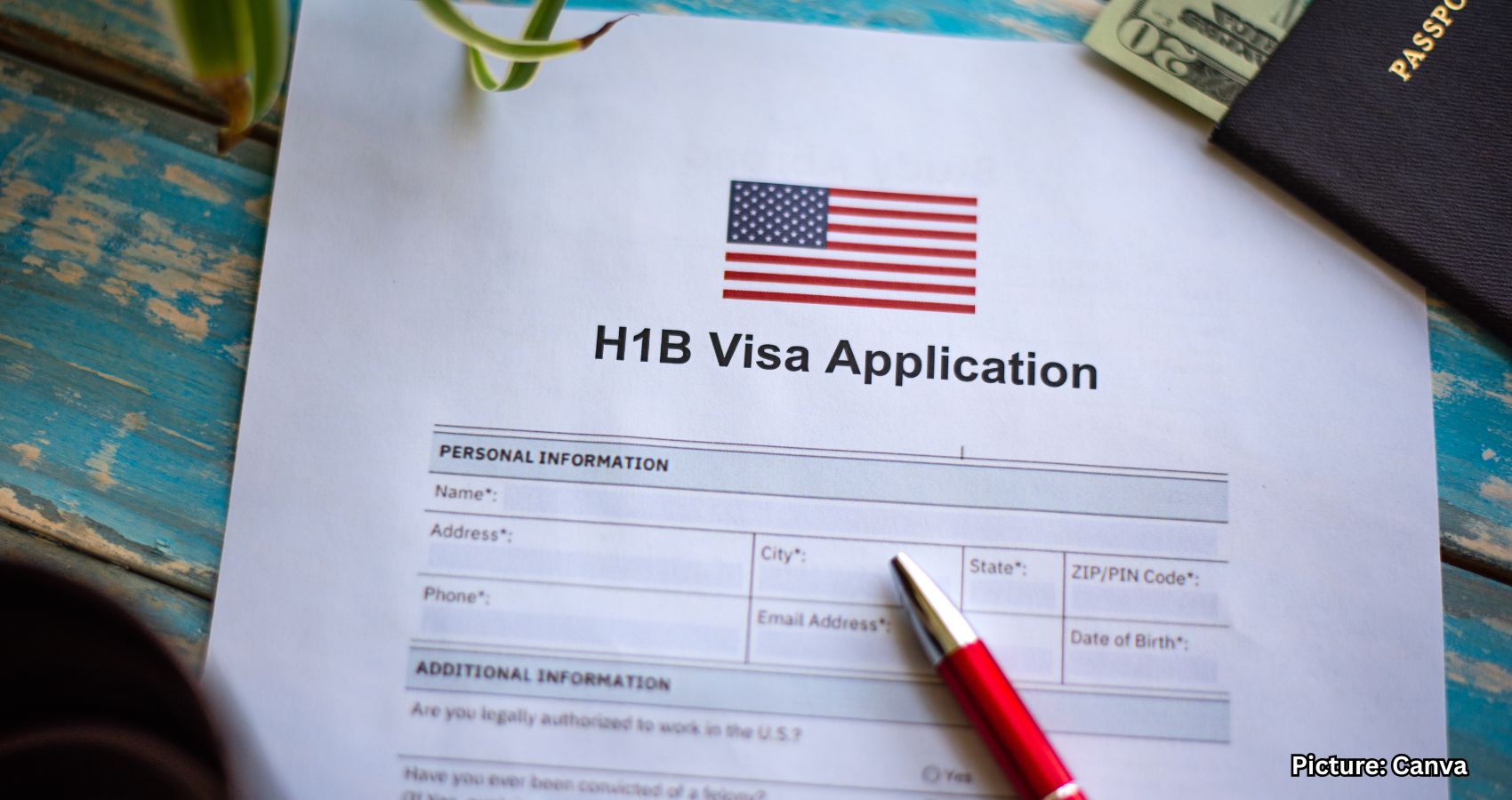


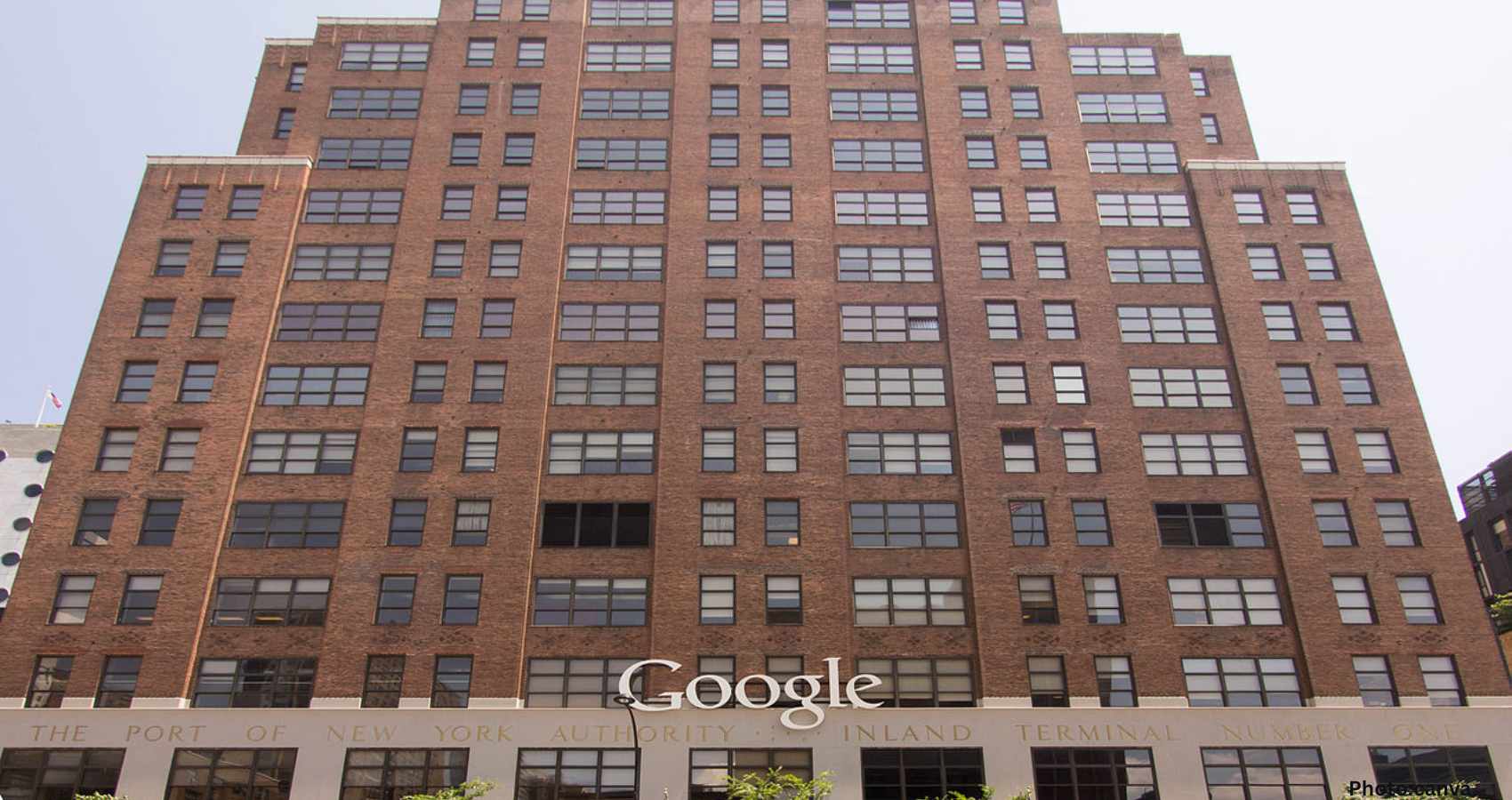
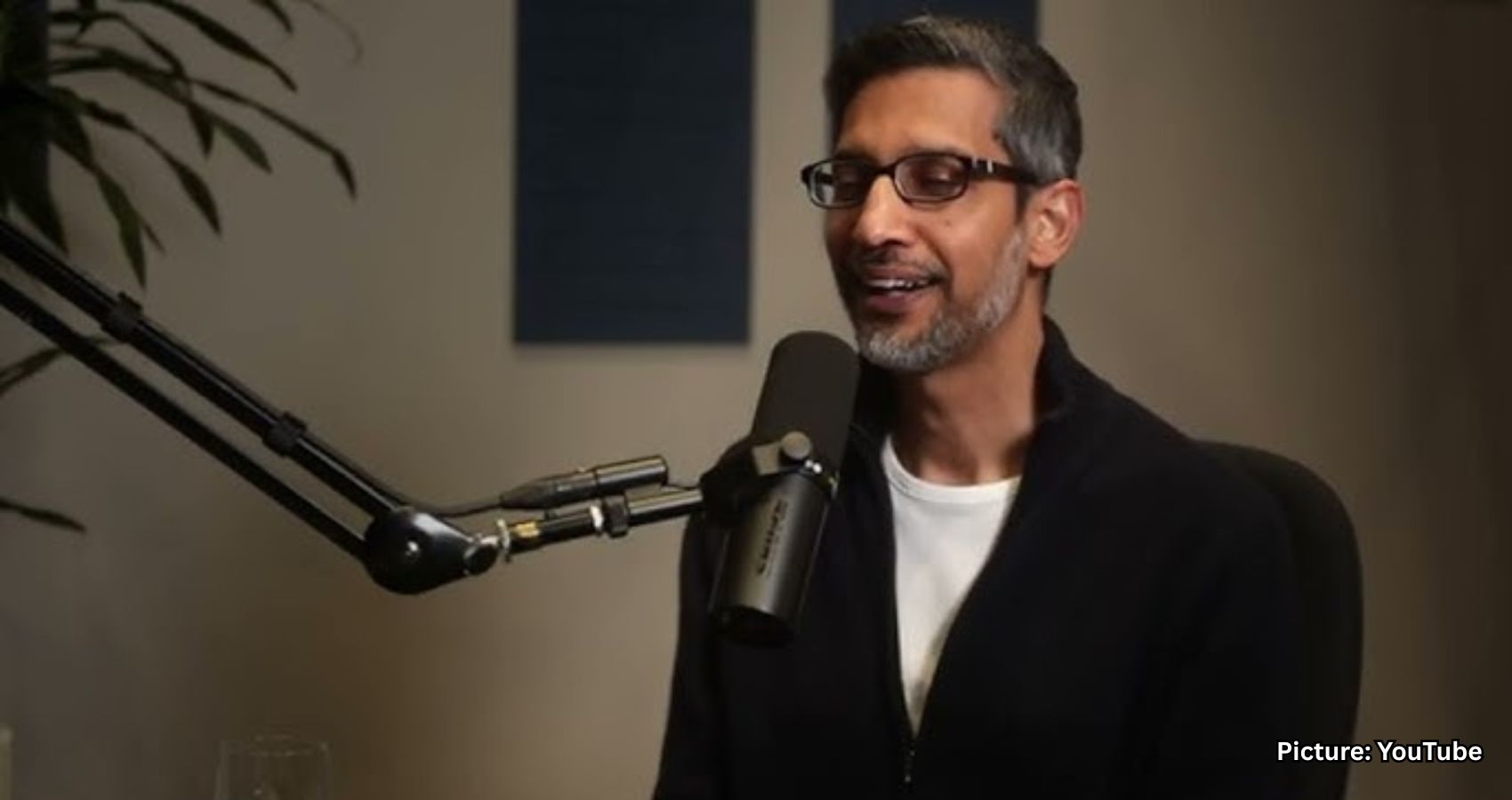
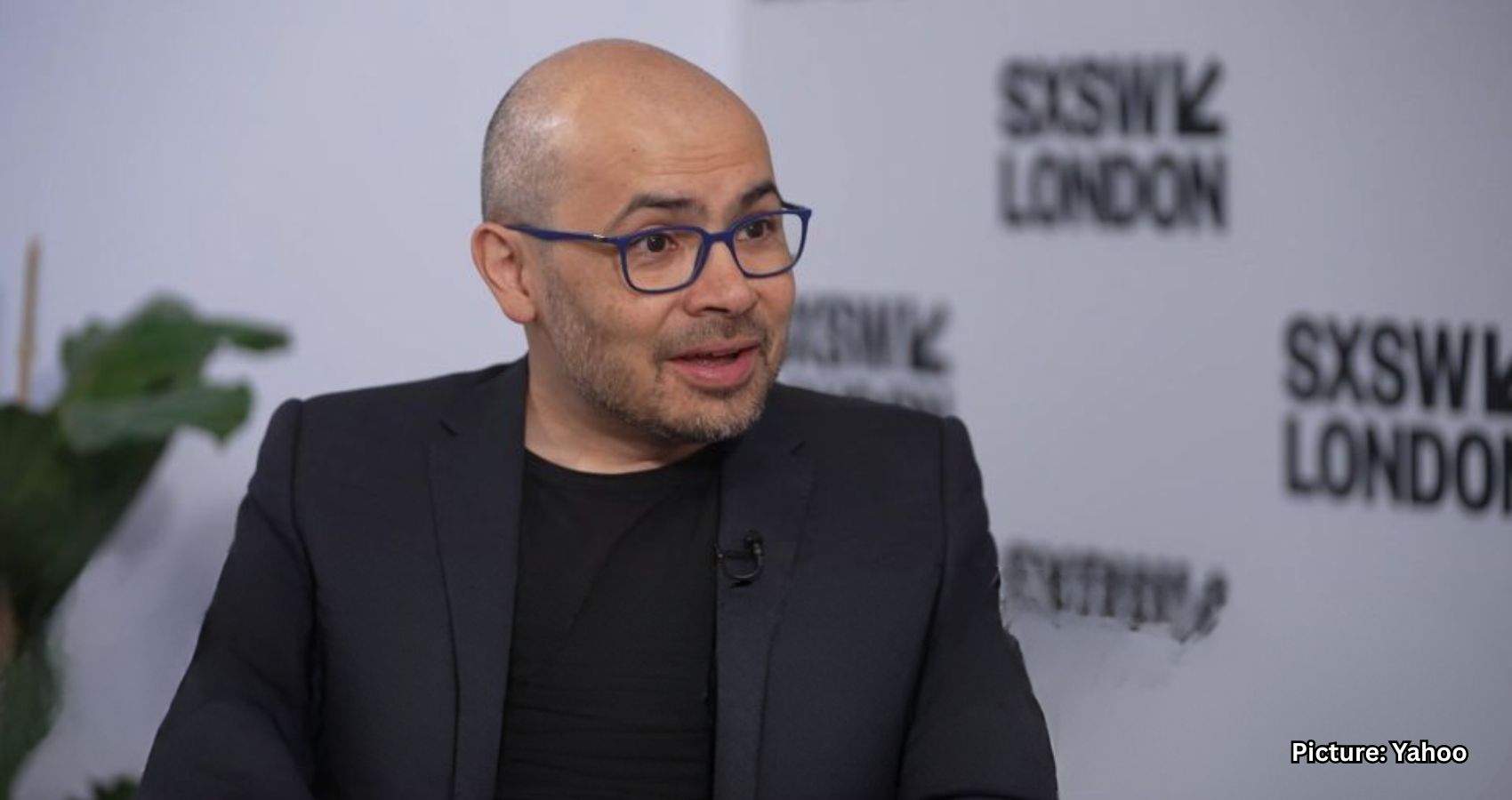
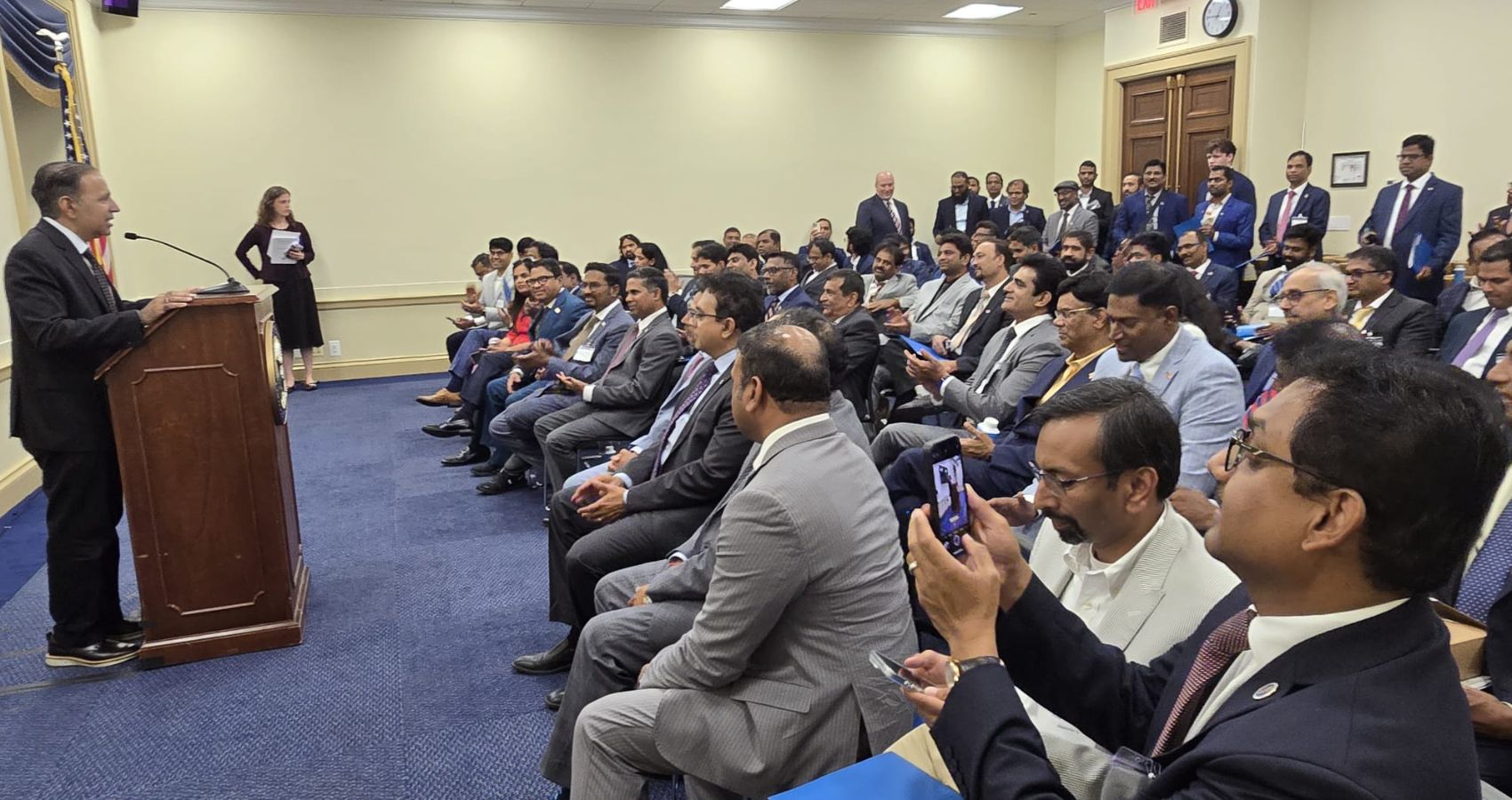
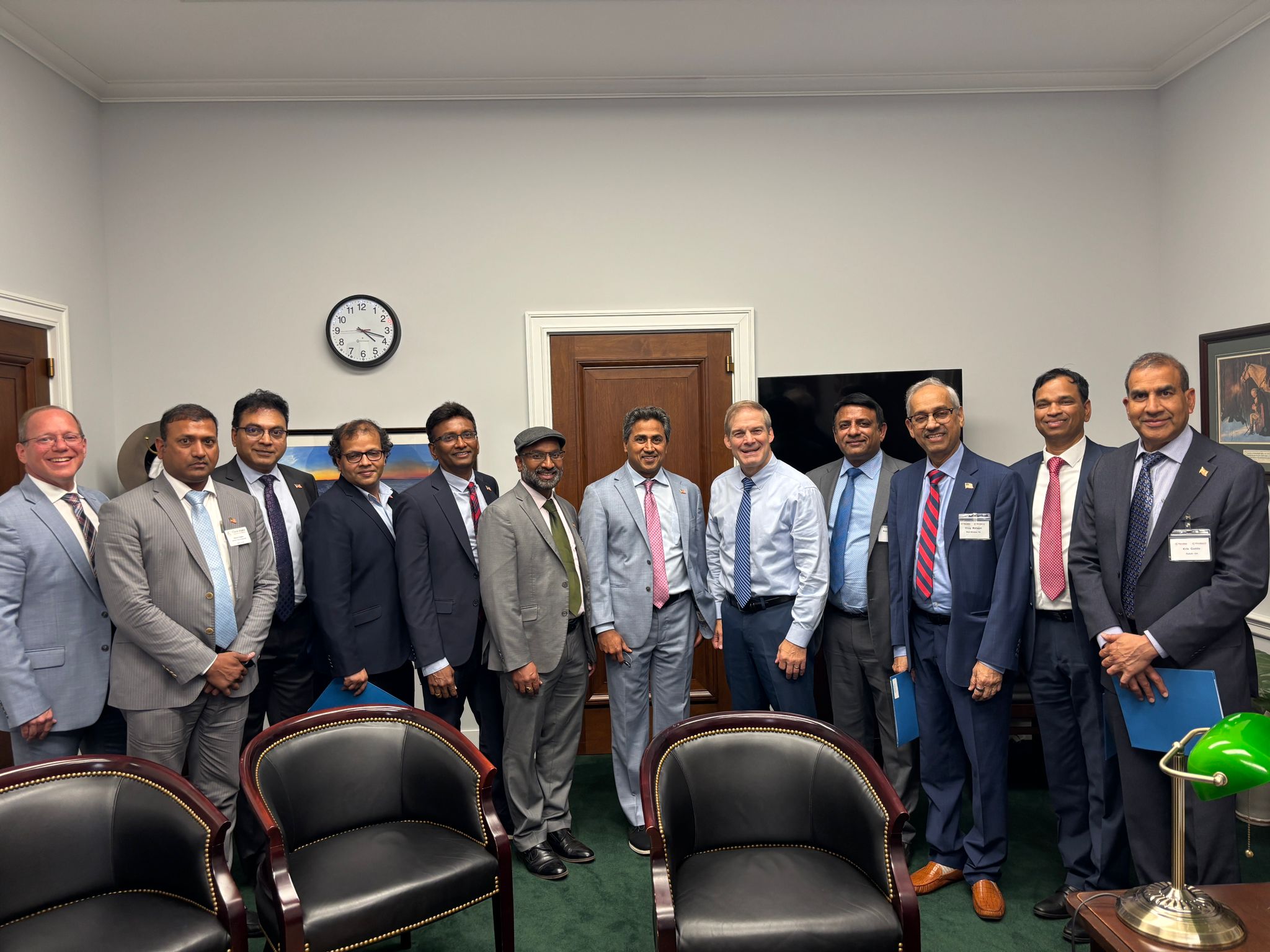 ITServe Alliance leaders met with Rep. Jim Jordan, a Republican Congressman representing Ohio’s 4th District. The powerful Chairman of the House
ITServe Alliance leaders met with Rep. Jim Jordan, a Republican Congressman representing Ohio’s 4th District. The powerful Chairman of the House 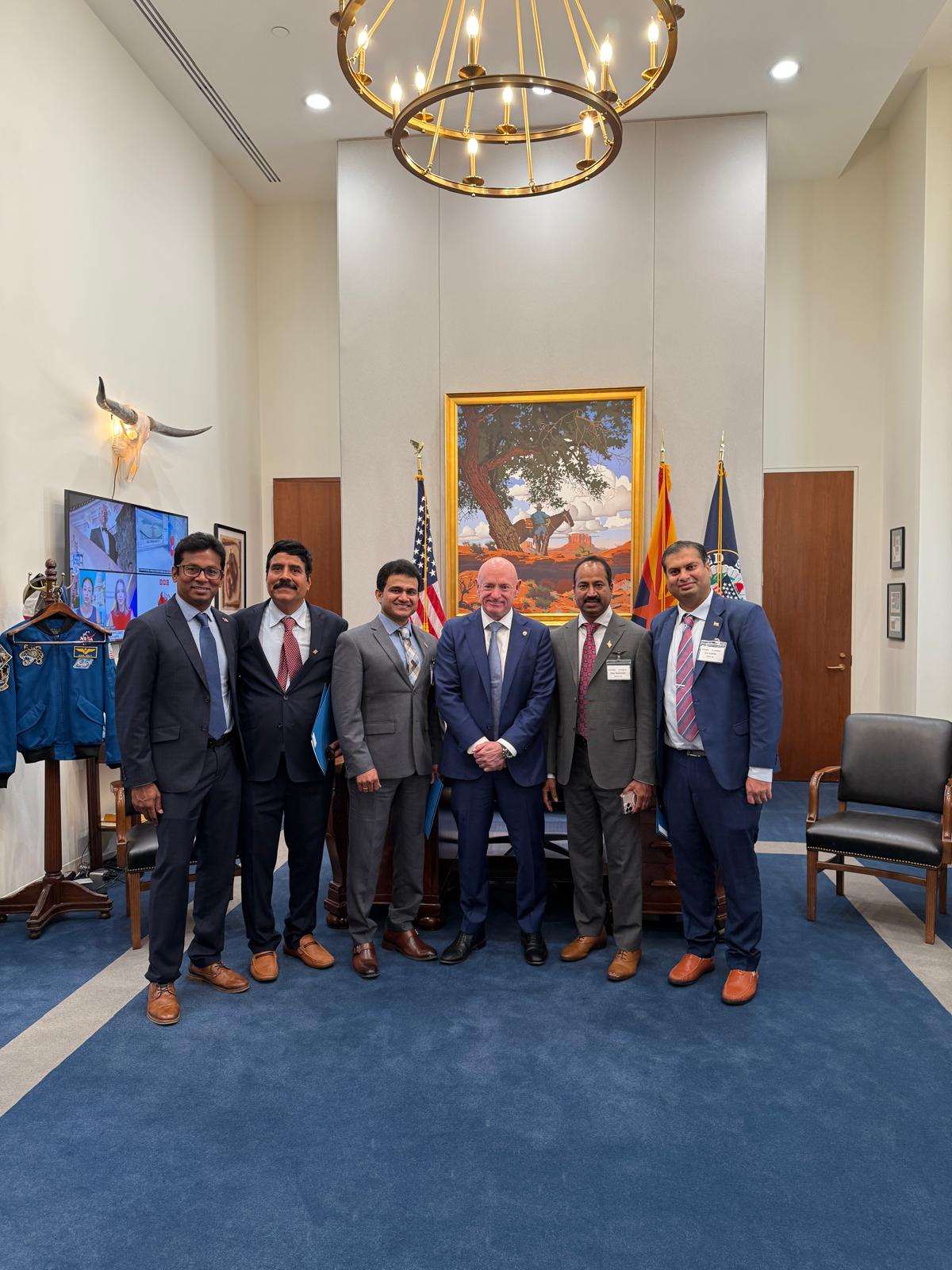
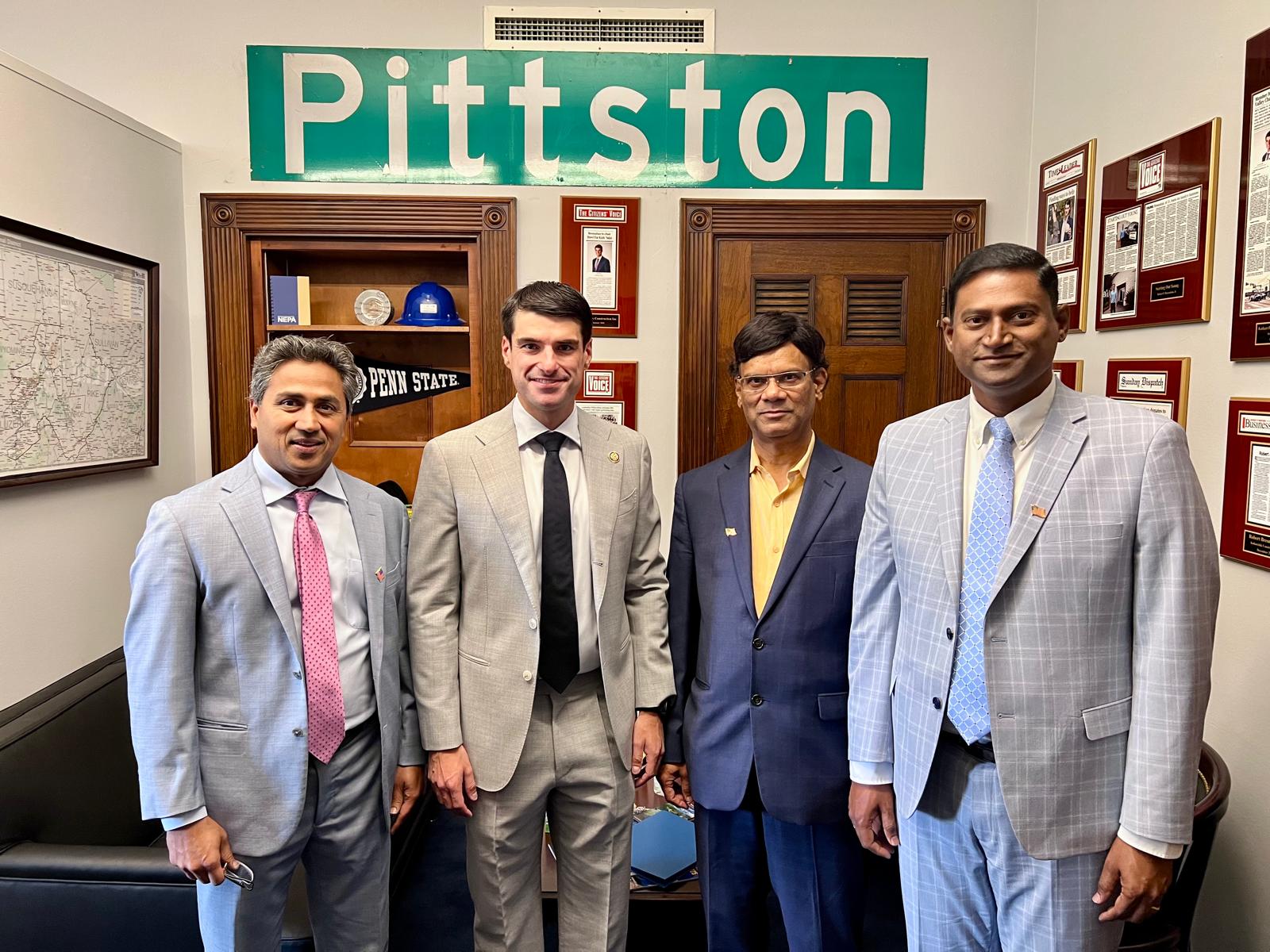 ITServe supports the HIRE ACT Bill (High Skilled Immigration Reform for Employment). Innovation, STEM education, and avoiding brain drain are the highlights of the Bill. Another area, where ITServe has focused is the STEM Program to promote the “American Ingenuity Account” to fund State-administered grants for STEM education and worker training. Enhancing the current H1B CAP limits – from 65,000 to 130,000 per year has been a major area where ITServe has placed its efforts in recent years.
ITServe supports the HIRE ACT Bill (High Skilled Immigration Reform for Employment). Innovation, STEM education, and avoiding brain drain are the highlights of the Bill. Another area, where ITServe has focused is the STEM Program to promote the “American Ingenuity Account” to fund State-administered grants for STEM education and worker training. Enhancing the current H1B CAP limits – from 65,000 to 130,000 per year has been a major area where ITServe has placed its efforts in recent years.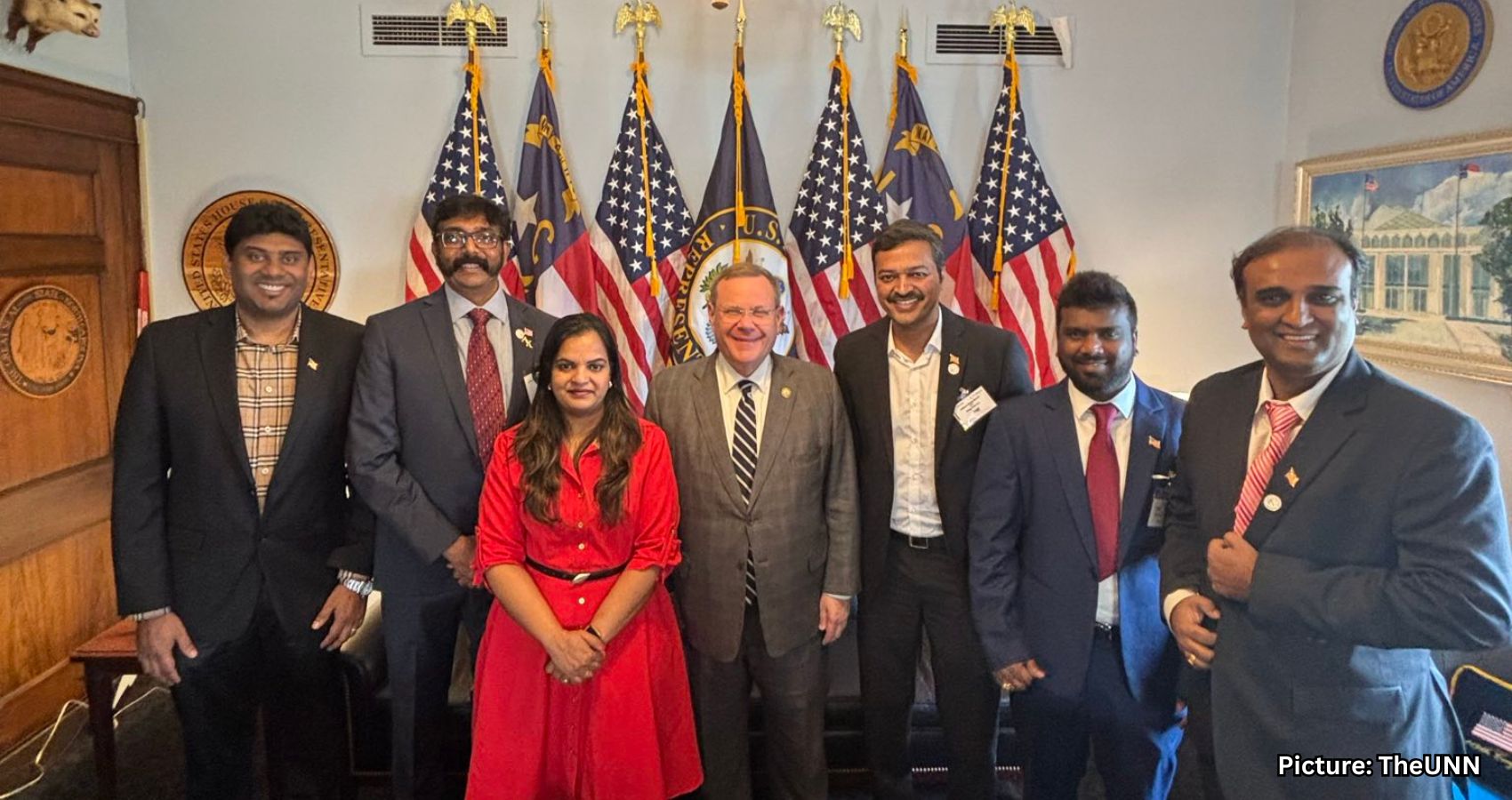 “The ITServe Alliance is consistently working to protect its members’ needs. To that end, ITServe Alliance, through its PAC teams, advocated on Capitol Hill and with the US Administration. Capitol Hill Day serves as a perfect platform to communicate our collective voice with key policymakers on important issues to our members,” added Amar Varada, ITServe Governing Board member.
“The ITServe Alliance is consistently working to protect its members’ needs. To that end, ITServe Alliance, through its PAC teams, advocated on Capitol Hill and with the US Administration. Capitol Hill Day serves as a perfect platform to communicate our collective voice with key policymakers on important issues to our members,” added Amar Varada, ITServe Governing Board member.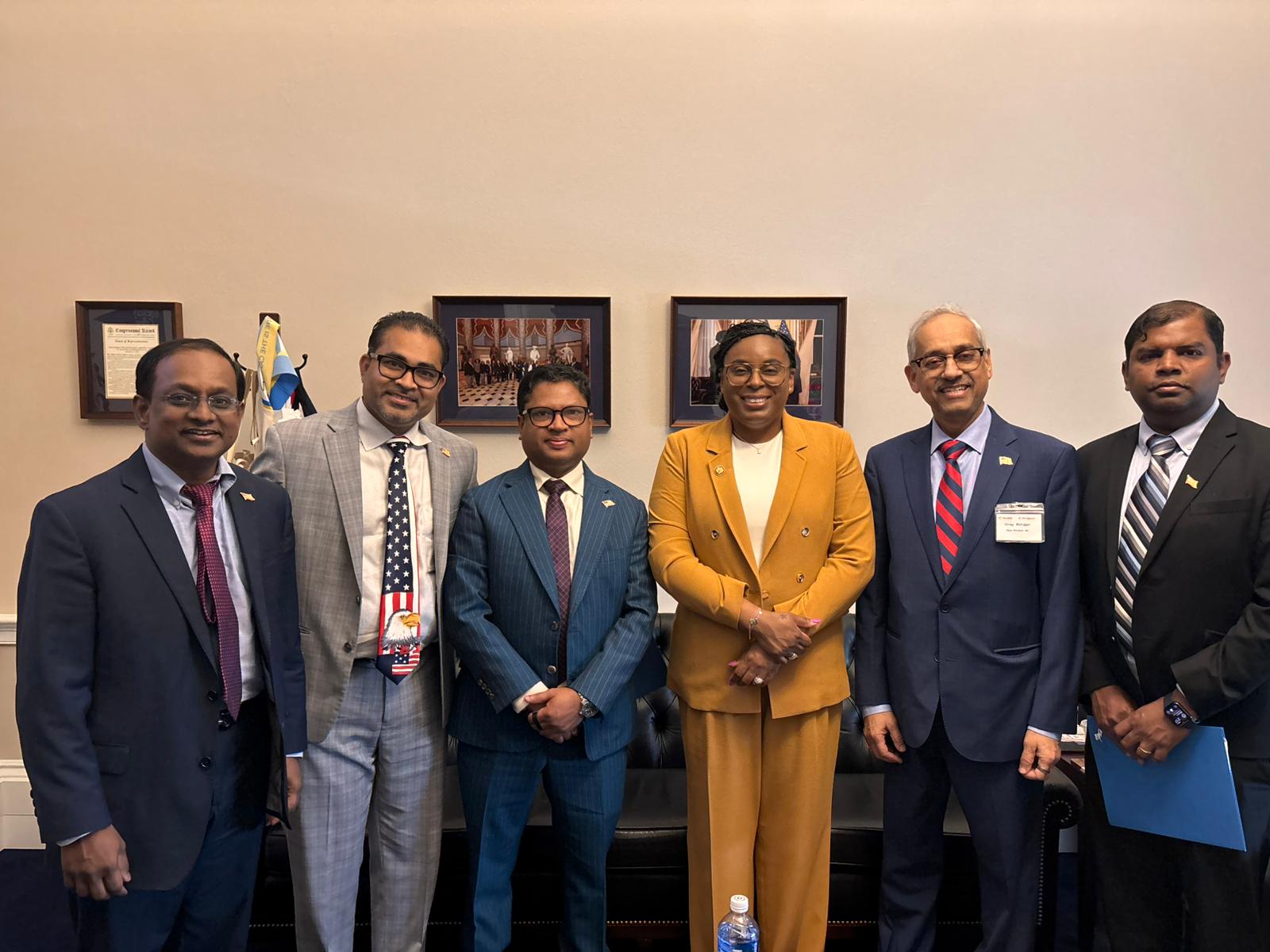
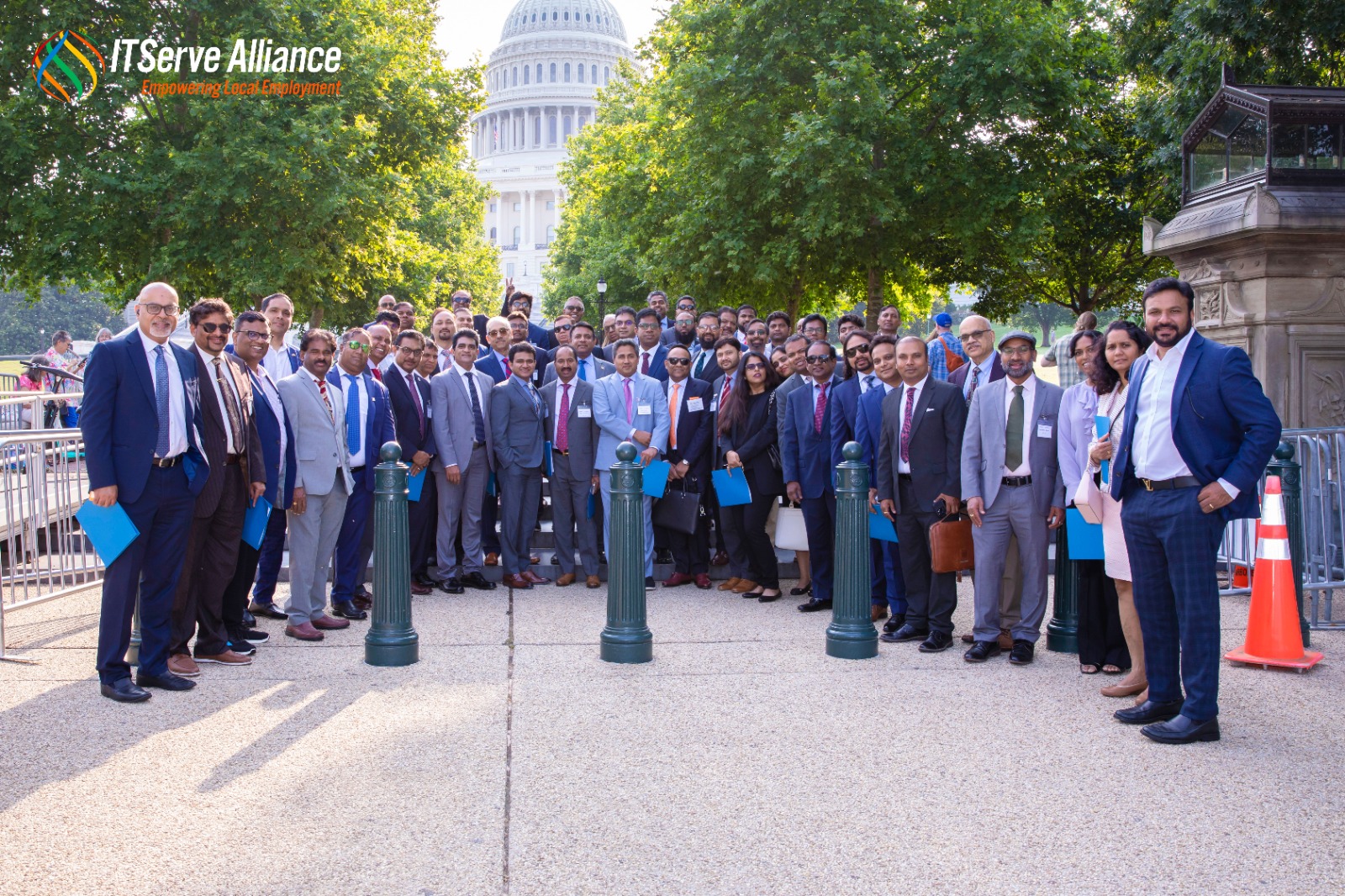 Rep. Krishnamoorthy lauded the contributions of ITServe members to the nation. He said, “I look at you today. You chose Team America. You come here and bless this country with your gifts, with your talents, with your energy, with your ideas, with your industry, with your ability to make it happen. And that’s what you did. You made your company, you hired people, you created jobs. And that’s what you’re trying to do over and over and over again. You’re trying to replicate that success.”
Rep. Krishnamoorthy lauded the contributions of ITServe members to the nation. He said, “I look at you today. You chose Team America. You come here and bless this country with your gifts, with your talents, with your energy, with your ideas, with your industry, with your ability to make it happen. And that’s what you did. You made your company, you hired people, you created jobs. And that’s what you’re trying to do over and over and over again. You’re trying to replicate that success.”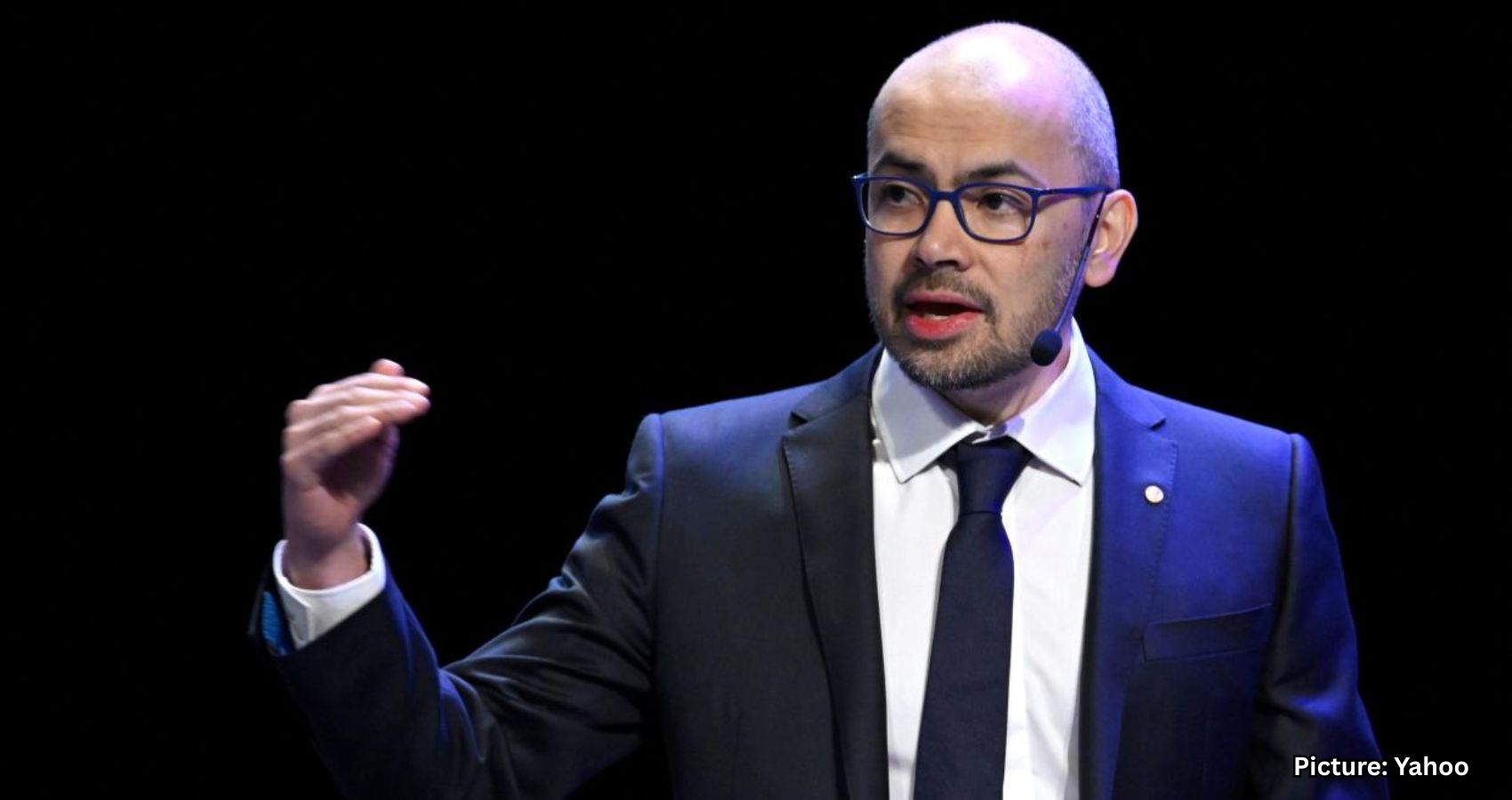

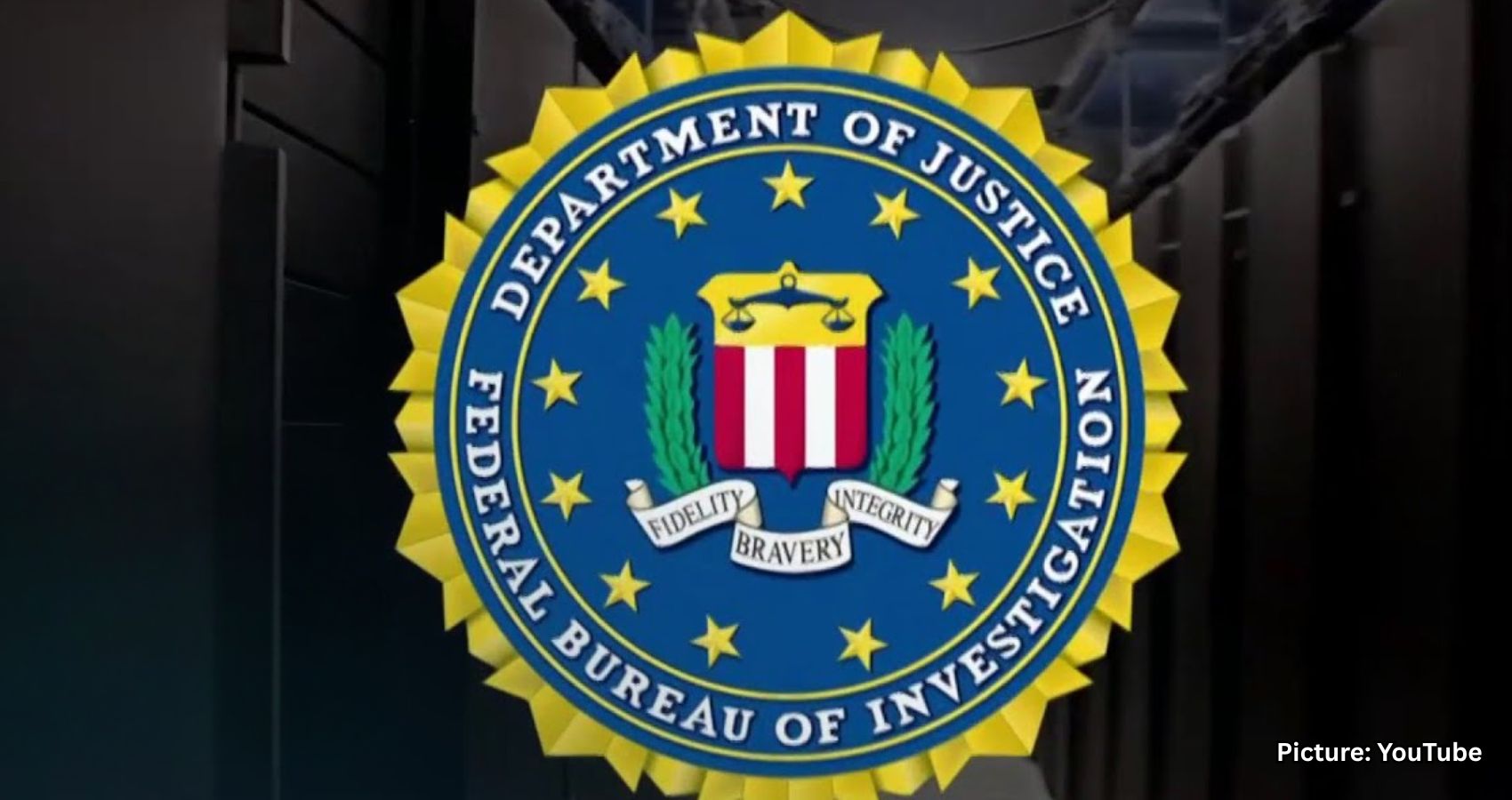
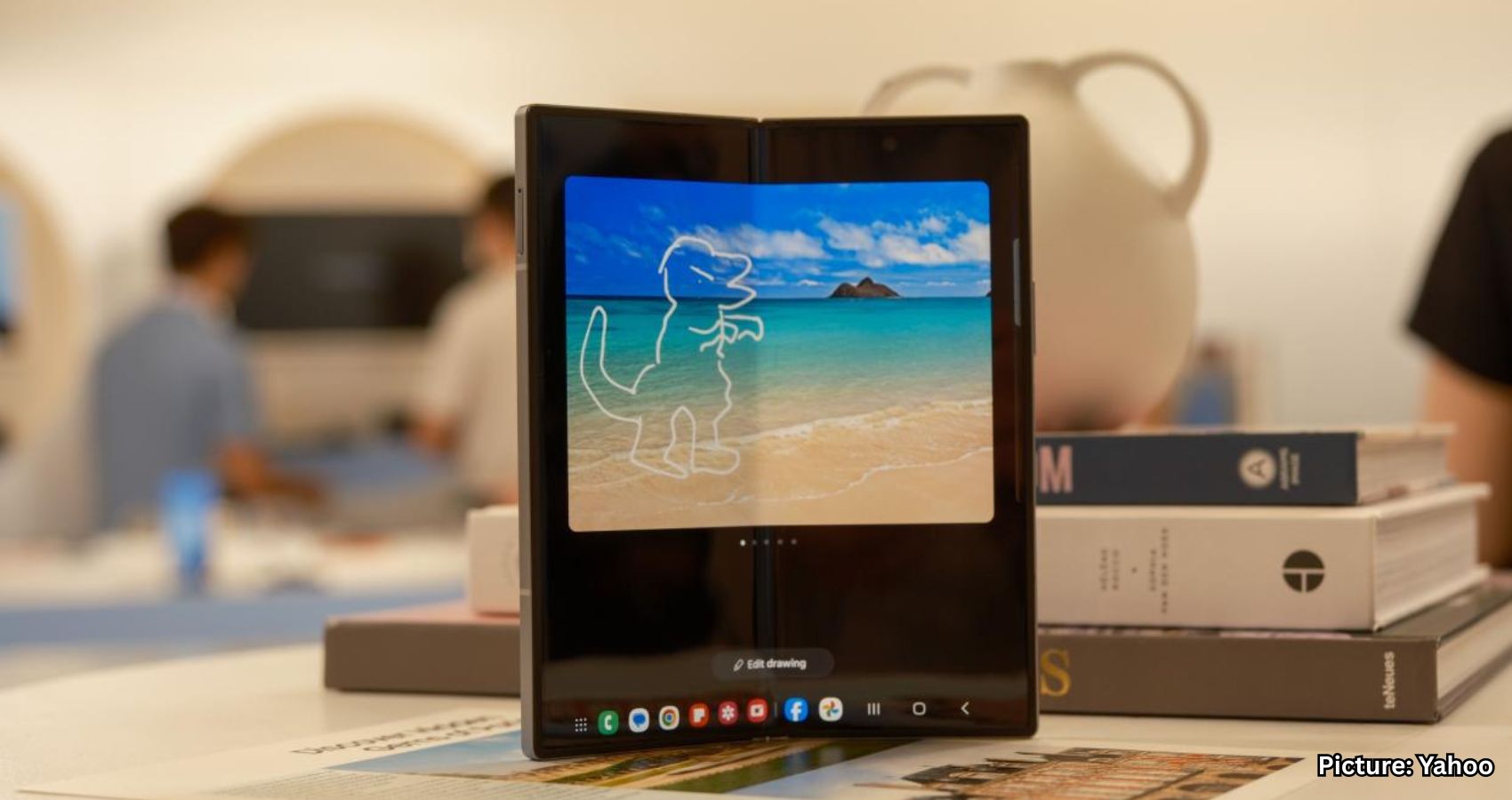

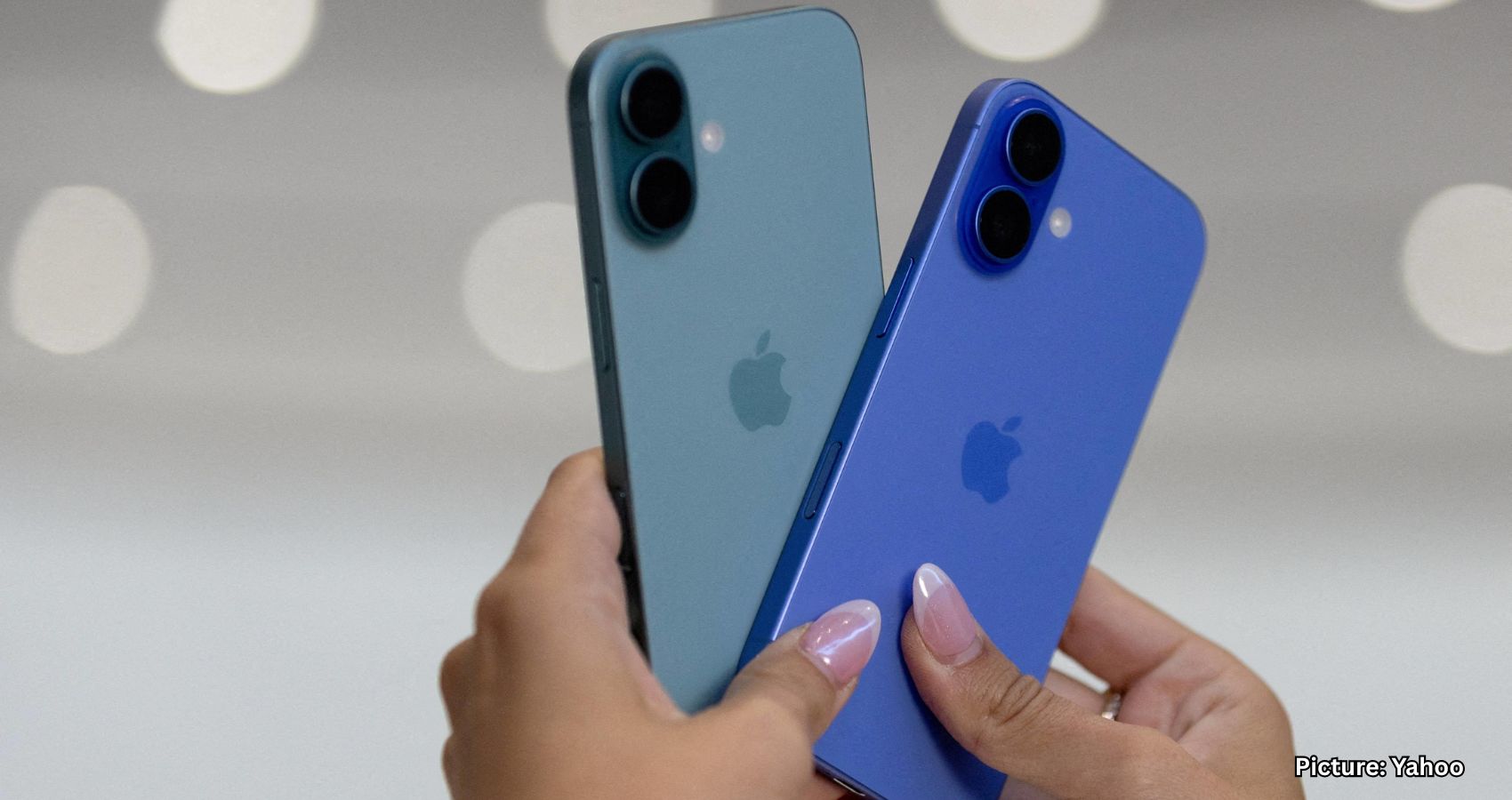
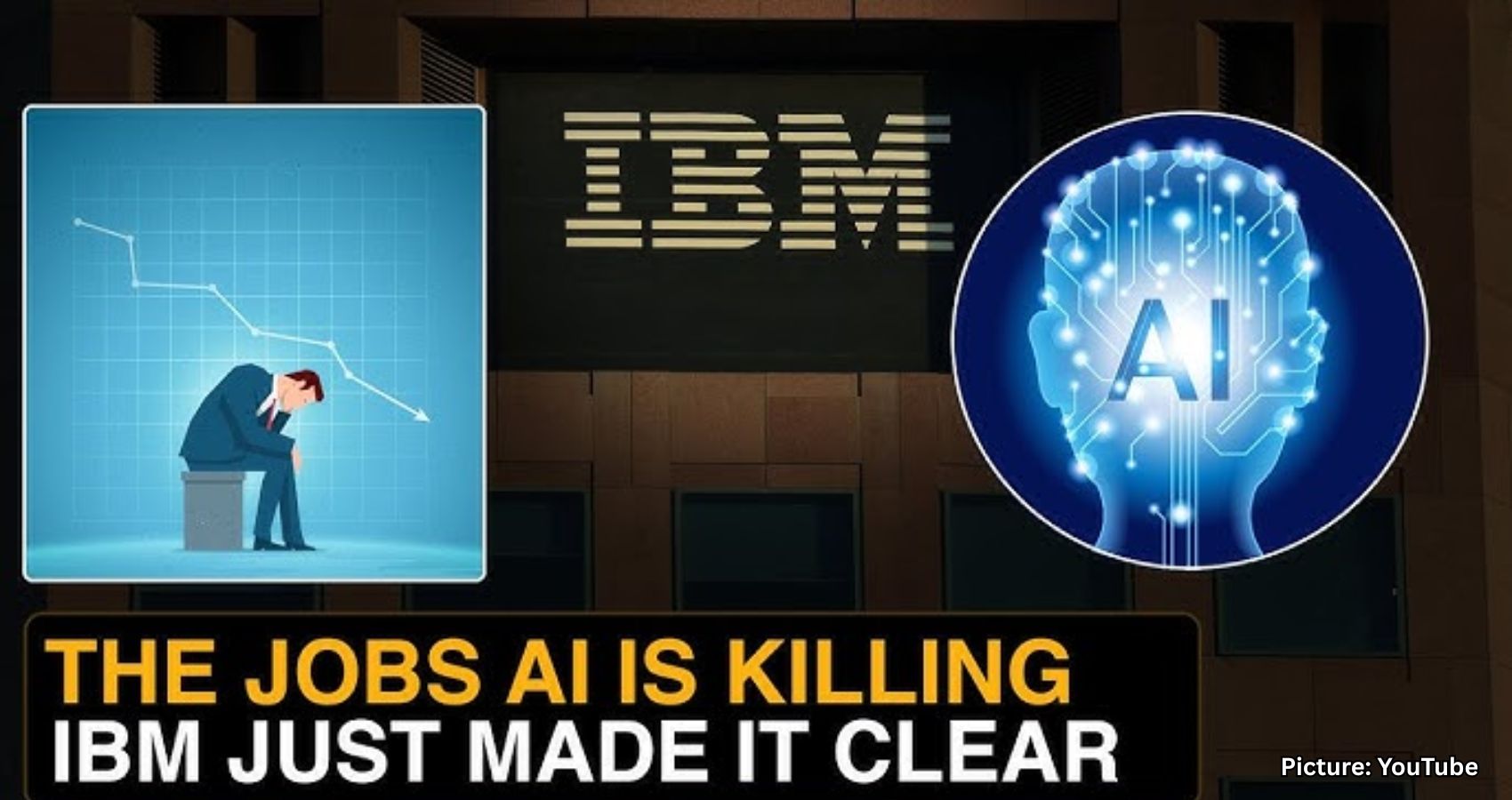

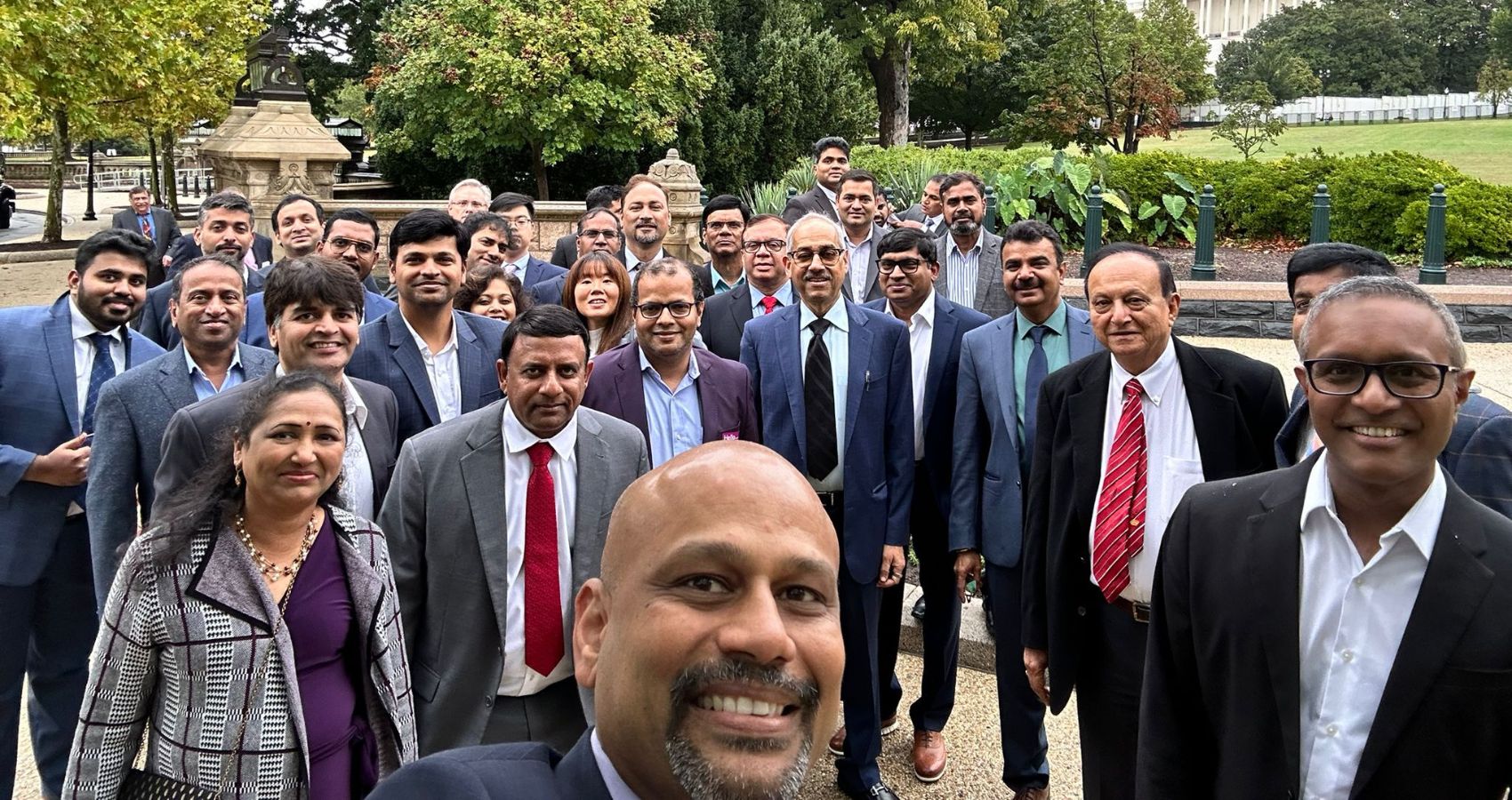
 A key objective of ITServe has been to raise awareness among lawmakers and the broader community about the positive impact of high-skilled legal immigration programs on businesses. Through constructive engagement and collaboration with Members of Congress and Senators, ITServe aims to address misconceptions and advocate for thoughtful legislation that supports economic growth and serves the best interests of the nation.
A key objective of ITServe has been to raise awareness among lawmakers and the broader community about the positive impact of high-skilled legal immigration programs on businesses. Through constructive engagement and collaboration with Members of Congress and Senators, ITServe aims to address misconceptions and advocate for thoughtful legislation that supports economic growth and serves the best interests of the nation.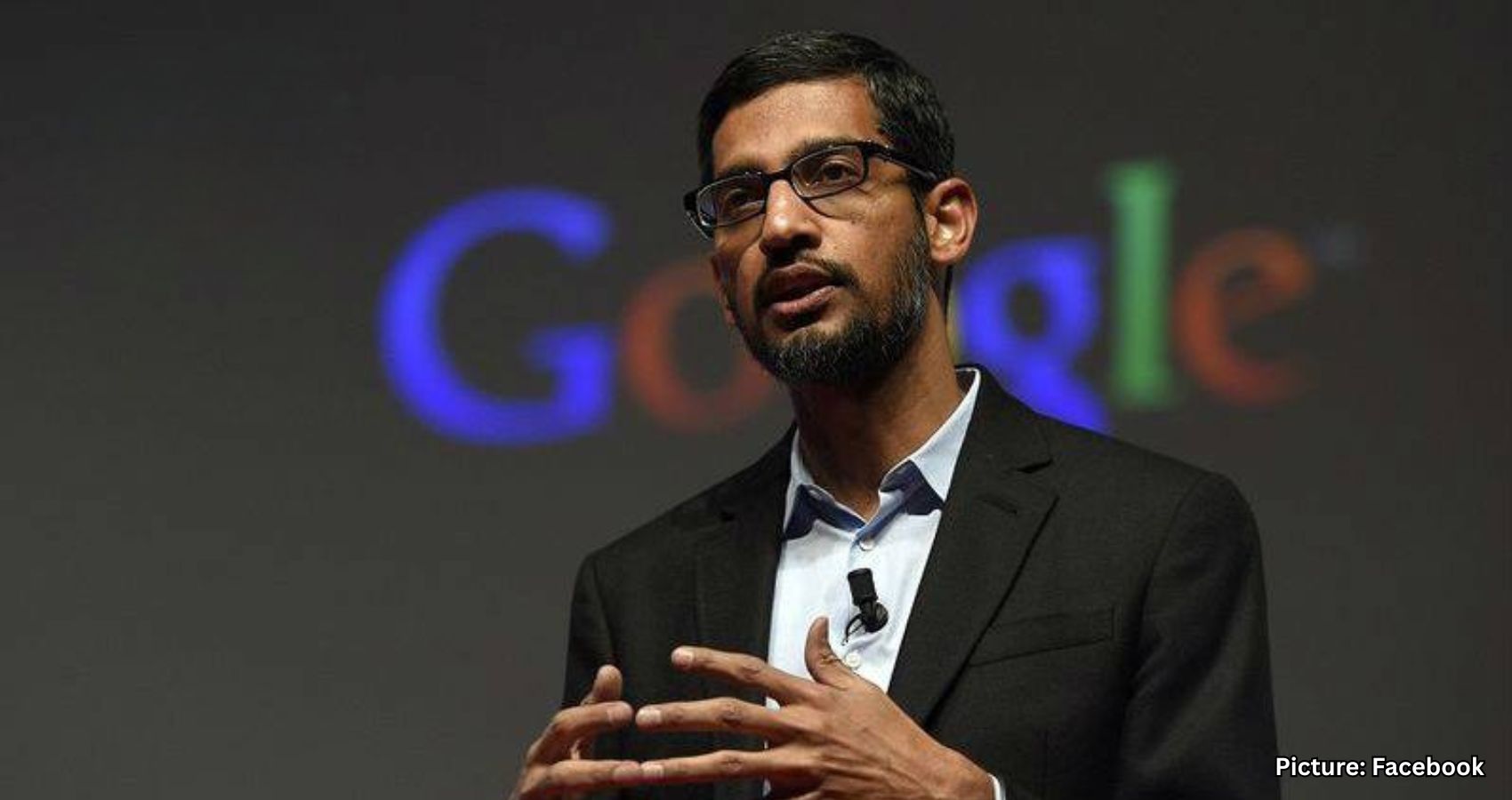
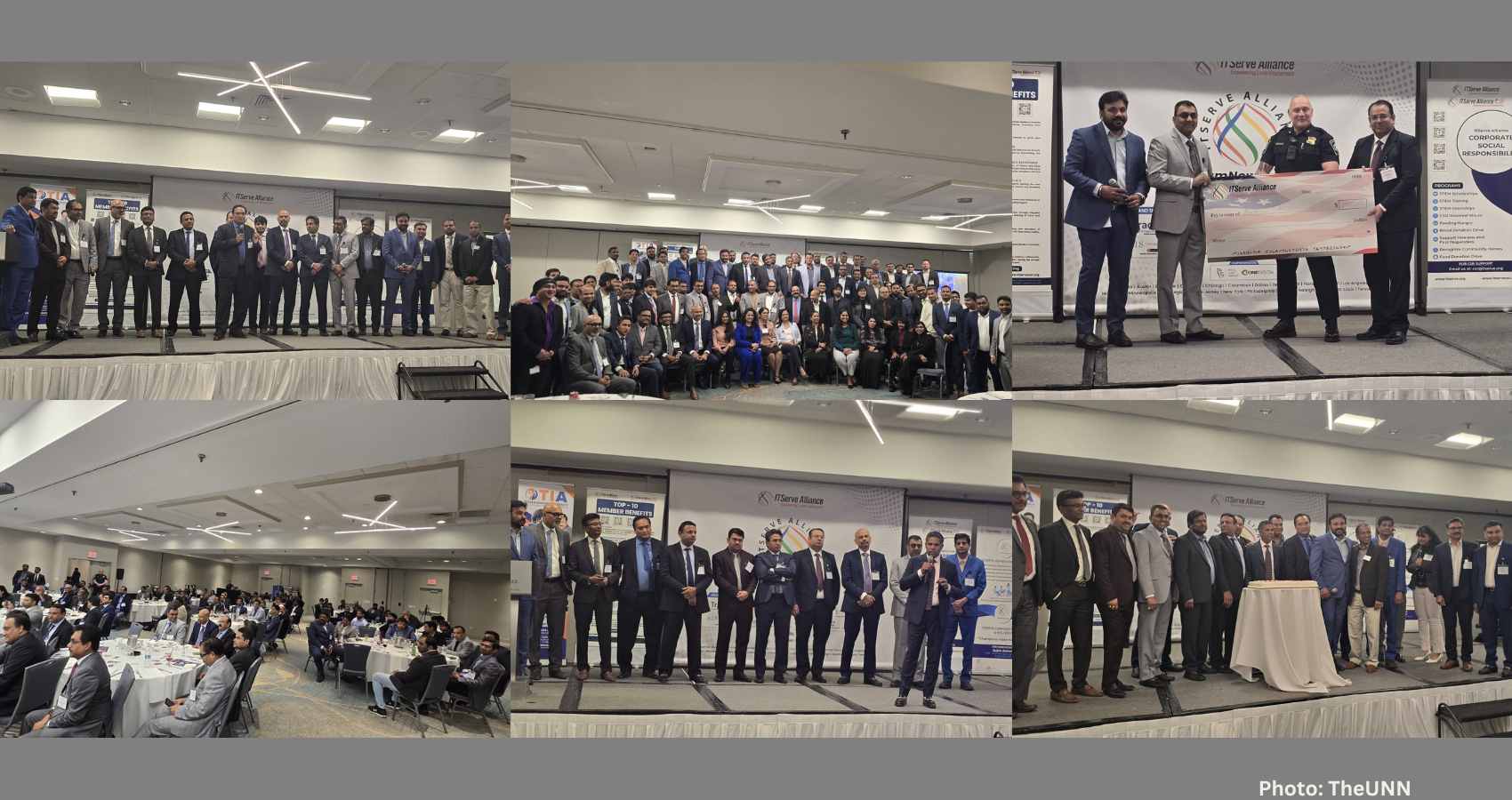

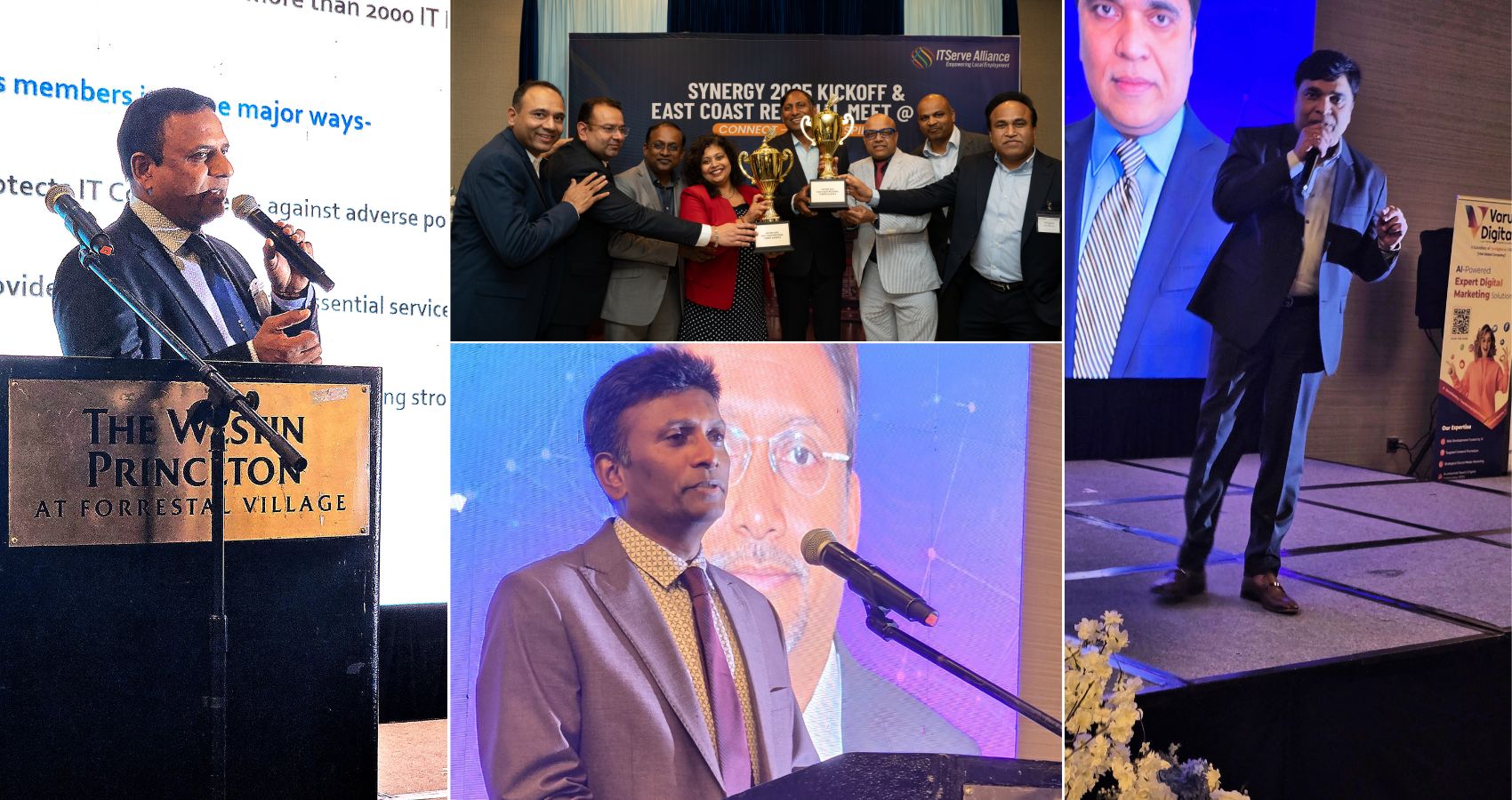
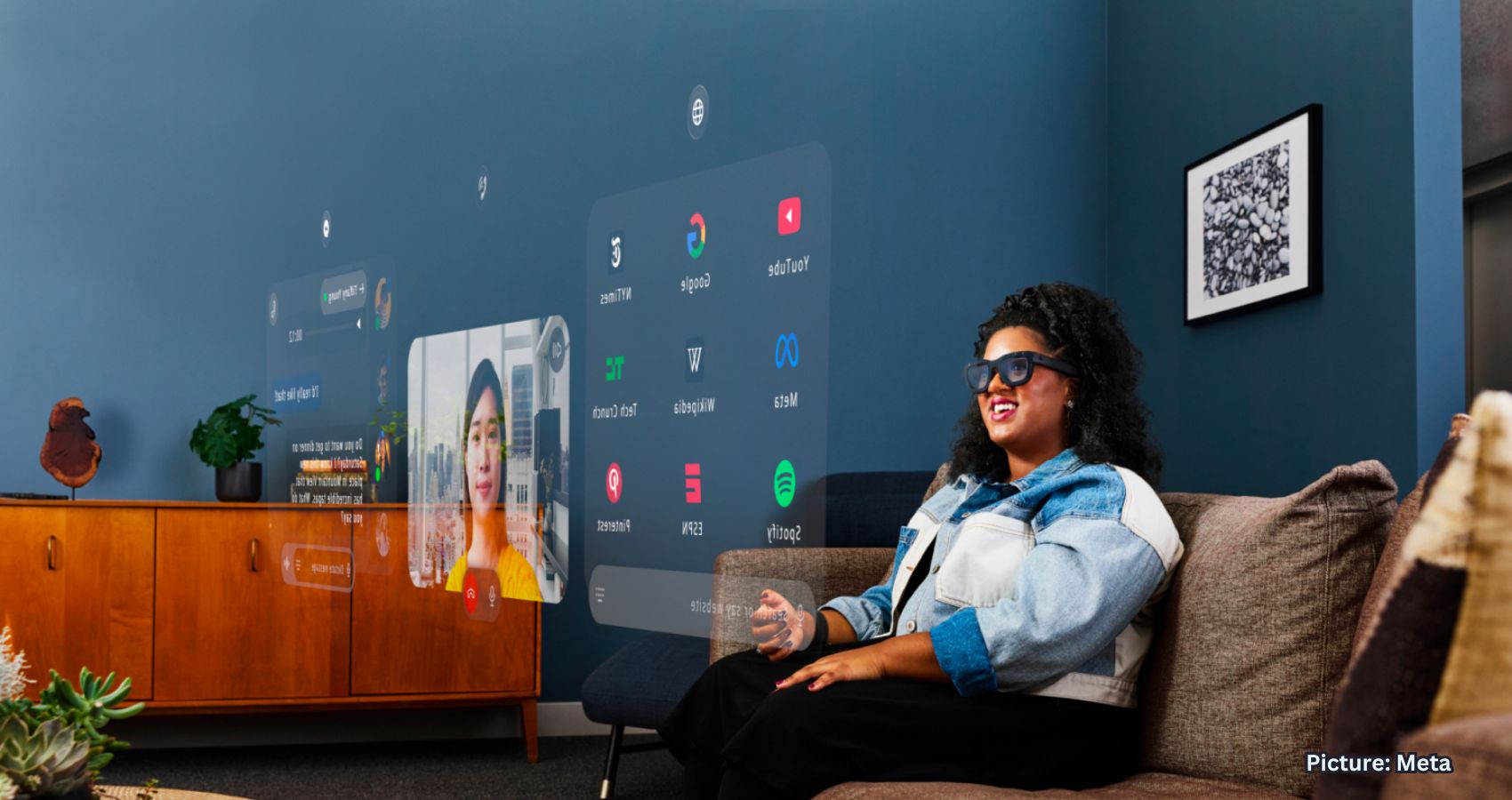



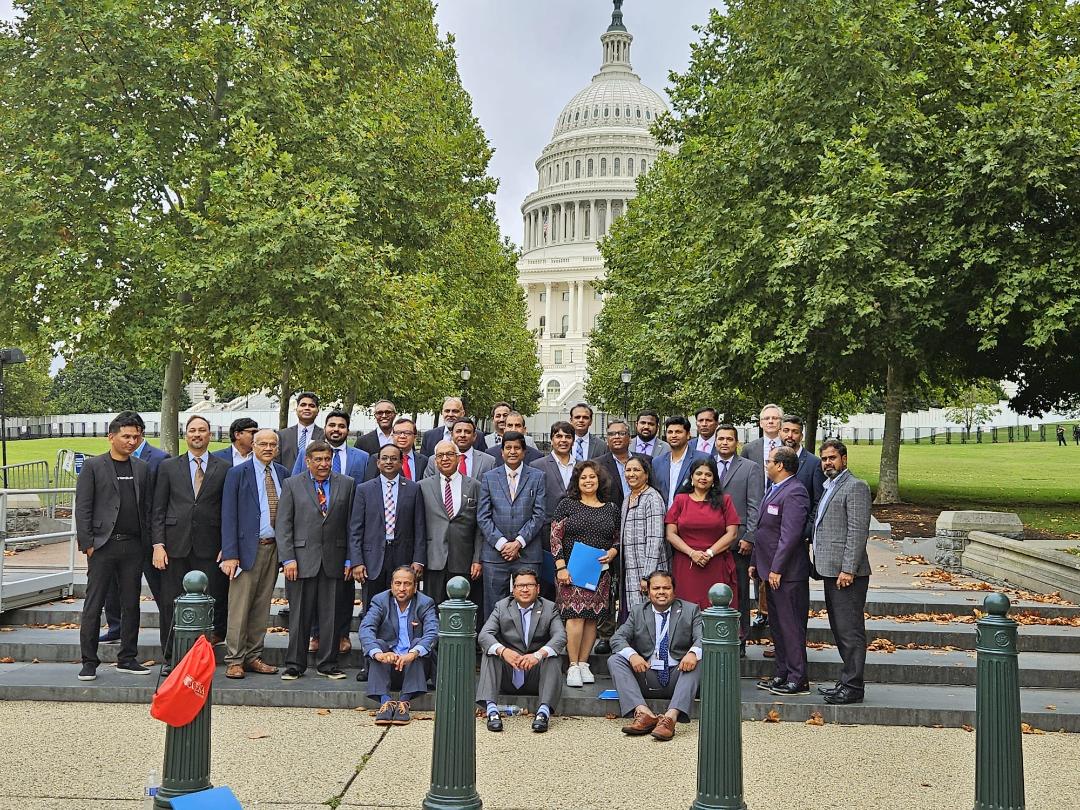 Anju Vallabhaneni, President of ITServe, while emphasizing the importance of Capitol Hill Day, said, “ITServe Alliance’s Capitol Hill Day will serve as a powerful platform in educating policymakers on the issues that are important to our members and the business community, ensuring our needs and views are reflected in policy debates and outcomes.”
Anju Vallabhaneni, President of ITServe, while emphasizing the importance of Capitol Hill Day, said, “ITServe Alliance’s Capitol Hill Day will serve as a powerful platform in educating policymakers on the issues that are important to our members and the business community, ensuring our needs and views are reflected in policy debates and outcomes.”




















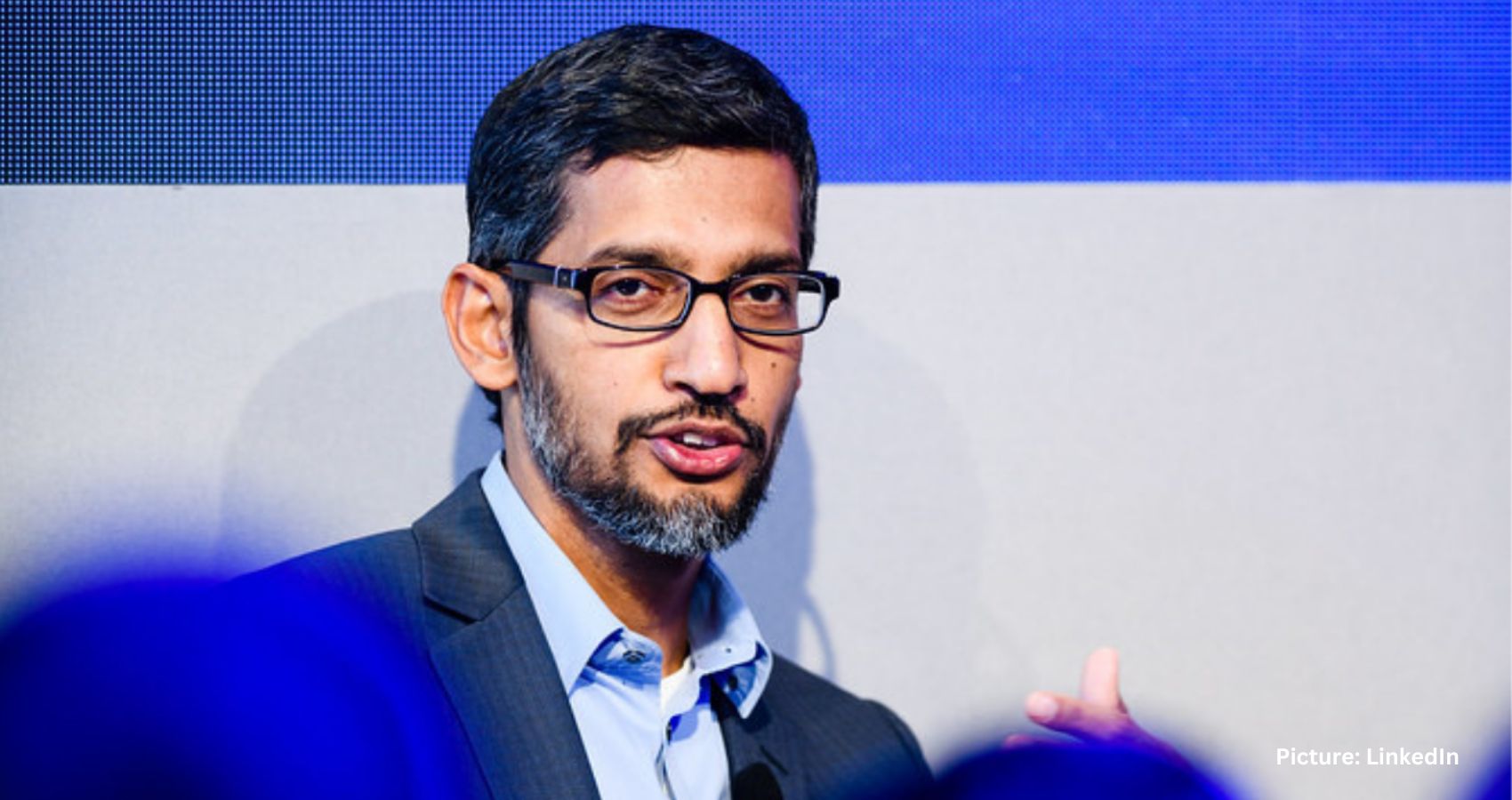











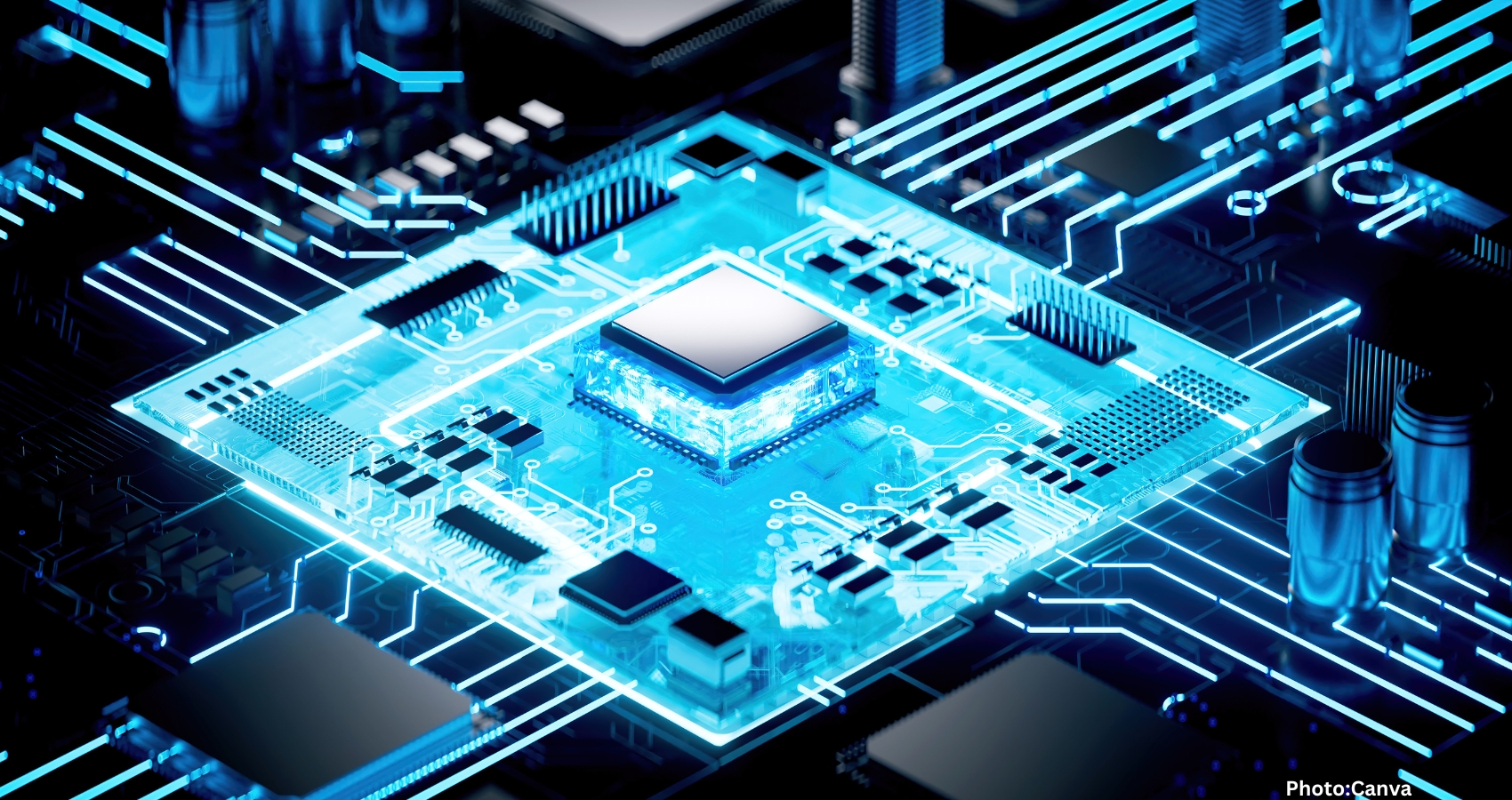



 CSR has a broad range of initiatives aimed at creating a positive impact in various areas. CSR team works to establish partnerships with educational institutions, organizations, and industry experts to provide training opportunities that enhance STEM skills and knowledge. This equips individuals with the tools they need to excel in STEM careers and contributes to building a robust talent pipeline.
CSR has a broad range of initiatives aimed at creating a positive impact in various areas. CSR team works to establish partnerships with educational institutions, organizations, and industry experts to provide training opportunities that enhance STEM skills and knowledge. This equips individuals with the tools they need to excel in STEM careers and contributes to building a robust talent pipeline. Anju Vallabhaneni, President-Elect of ITServe said, “Over the years, ITServe Alliance has established a name for itself as the center point of information for its members and the larger community, covering a variety of areas ranging from immigration, technology, economy, and many more that are relevant to its members. Through our 23 Chapters across the United States, we bring resources and service to the larger humanity in every part of this innovation country.”
Anju Vallabhaneni, President-Elect of ITServe said, “Over the years, ITServe Alliance has established a name for itself as the center point of information for its members and the larger community, covering a variety of areas ranging from immigration, technology, economy, and many more that are relevant to its members. Through our 23 Chapters across the United States, we bring resources and service to the larger humanity in every part of this innovation country.”
 Summarizing Synergy, Mosali said, “On the whole, Synergy has been a unique event to celebrate our accomplishments. The conference also brings all of us together to share ideas, learn from one another, network, and find new business opportunities, enriching ourselves with knowledge and wisdom derived from the various topics relevant to every one of us in the IT industry.”
Summarizing Synergy, Mosali said, “On the whole, Synergy has been a unique event to celebrate our accomplishments. The conference also brings all of us together to share ideas, learn from one another, network, and find new business opportunities, enriching ourselves with knowledge and wisdom derived from the various topics relevant to every one of us in the IT industry.” Participants at Synergy 2024 were offered a platform for IT company heads to come together to hear industry leaders speak, engage in discussions with lawmakers, participate in interactive breakout sessions, and deliberate on the latest trends, challenges, and opportunities in the world of IT Staffing and Technology.
Participants at Synergy 2024 were offered a platform for IT company heads to come together to hear industry leaders speak, engage in discussions with lawmakers, participate in interactive breakout sessions, and deliberate on the latest trends, challenges, and opportunities in the world of IT Staffing and Technology. Clara Shih, CEO of Salesforce AI was another featured speaker, who shared with the delegates her insights into the fast-growing AI technology and how it’s going to impact individuals, businesses, and the world. Celebrated for her groundbreaking work in artificial intelligence and her transformative leadership, Shih, who has driven innovation in AI products and research at Salesforce, and her visionary approach has earned her recognition as one of the most influential tech leaders of our time, Shih provided and insightful.
Clara Shih, CEO of Salesforce AI was another featured speaker, who shared with the delegates her insights into the fast-growing AI technology and how it’s going to impact individuals, businesses, and the world. Celebrated for her groundbreaking work in artificial intelligence and her transformative leadership, Shih, who has driven innovation in AI products and research at Salesforce, and her visionary approach has earned her recognition as one of the most influential tech leaders of our time, Shih provided and insightful. Sateesh Nagilla, Treasurer of ITServe Alliance said, “ITServe Alliance’s Synergy is the only one-of-a-kind conference delivering innovative strategies, unique insights, and proven tactics for success, exclusively for IT service companies and individuals. Synergy 2024 will focus on developing strategic relationships with our partner organizations, sponsors, and supporters to work for a better technology environment by building greater understanding.”
Sateesh Nagilla, Treasurer of ITServe Alliance said, “ITServe Alliance’s Synergy is the only one-of-a-kind conference delivering innovative strategies, unique insights, and proven tactics for success, exclusively for IT service companies and individuals. Synergy 2024 will focus on developing strategic relationships with our partner organizations, sponsors, and supporters to work for a better technology environment by building greater understanding.” Vinay Paruchuri, Associate Director of Synergy 2024 said, “ITServe has built a strong member-focused community within the IT industry, where professionals and experts alike can collaborate, present new business ventures, and work together to find new ways to overcome industry obstacles.”
Vinay Paruchuri, Associate Director of Synergy 2024 said, “ITServe has built a strong member-focused community within the IT industry, where professionals and experts alike can collaborate, present new business ventures, and work together to find new ways to overcome industry obstacles.” Jonita Gandhi, a Canadian playback singer of Indian descent, who has recorded songs predominantly in Hindi and almost all major Indian languages, and has become a Bollywood sensation, was on stage mesmerizing the full house at Synergy 2024. Participants were in for a great entertaining show by none other than the super-talented and multilingual singer Remee Nique, a Thai Indian artist, singer, composer, and performer, who performed at the exclusive Premier Elite Gala Nite.
Jonita Gandhi, a Canadian playback singer of Indian descent, who has recorded songs predominantly in Hindi and almost all major Indian languages, and has become a Bollywood sensation, was on stage mesmerizing the full house at Synergy 2024. Participants were in for a great entertaining show by none other than the super-talented and multilingual singer Remee Nique, a Thai Indian artist, singer, composer, and performer, who performed at the exclusive Premier Elite Gala Nite. Mosali thanked ITServe Governing Board 2024 consisting of Amar Varada, Governing Board Chair – 2024; Gopi K. Kandukuri, National President 2018; Vinod Babu Uppu, National President 2019; Raghu Chittimalla, National President 2021; Devender R. Aerrabolu, National President 2022; Vinay Mahajan, National President 2023; and, Jagadeesh Mosali. National President 2024.
Mosali thanked ITServe Governing Board 2024 consisting of Amar Varada, Governing Board Chair – 2024; Gopi K. Kandukuri, National President 2018; Vinod Babu Uppu, National President 2019; Raghu Chittimalla, National President 2021; Devender R. Aerrabolu, National President 2022; Vinay Mahajan, National President 2023; and, Jagadeesh Mosali. National President 2024. “The essence of synergy lies not only in knowledge exchange but in inspiring one another. Let the success stories of fellow entrepreneurs ignite your ambitions, be it scaling your business to the next level, diversifying investments, or starting new territories. Let’s make the most of Synergy,” said Mosai.
“The essence of synergy lies not only in knowledge exchange but in inspiring one another. Let the success stories of fellow entrepreneurs ignite your ambitions, be it scaling your business to the next level, diversifying investments, or starting new territories. Let’s make the most of Synergy,” said Mosai.